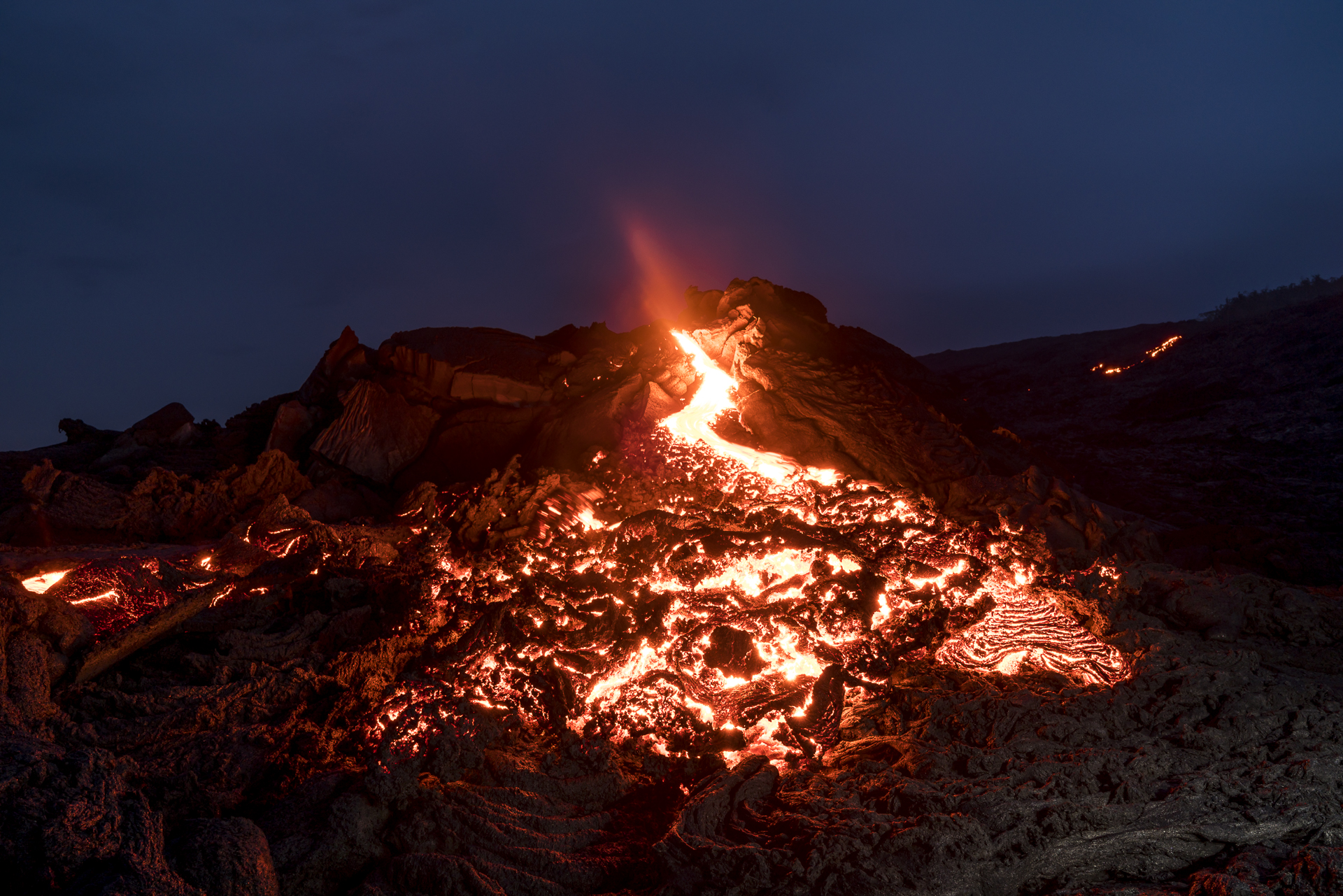
10 great experiences on the Big Island: Hawaii Island Guide
Which is the most beautiful Hawaiian island? I took a stand in the last blog post and wrote about my favorite island, Kauai. This week’s silver medal goes to Hawaii aka Big Island. The easternmost, largest and youngest island of the Hawaiian archipelago has the same name as the state. To keep the confusion factor low, it was given the nickname “Big Island”. The distances on the Big Island are enormous compared to Kauai. While I drove “quickly” from the north coast to the south on Kauai without any problems, we spent a lot of time in the car on the Big Island to get from one point to the next.
With all the sights, natural wonders, beaches – and the distances in between – a week is over in no time. This is also the reason why my heart beats for Kauai despite all my love for volcanoes (which can be lived out nowhere as well as on the Big Island). The Big Island was a bit too stressful for me. In addition, there are more tourists on the road compared to Kauai. So plan your trip to Hawaii in such a way that you first give yourself the following ten great experiences on the Big Island and then relax on Kauai.
#1 Experience paradisiacal beach days
Beach fans will get their money’s worth on the Big Island. The most beautiful beaches on the island stretch along the west coast between Ho’okena and Kohala. In addition to the state parks, where parking is usually subject to a fee in contrast to Kauai, there are also many smaller, hidden beach coves. My favorite stretch of beach is on the Kona coast and is connected to Highway 19 via a bumpy gravel road (drive especially carefully with a rental car, as hardly any rental car provider allows driving on unpaved roads for liability reasons). Kekaha Kai State Park is home to a number of idyllic beach coves. I especially liked Mahai’ula Beach.
A passable alternative, which can be reached via a paved road, is Hapuna Beach (parking costs 5 dollars).
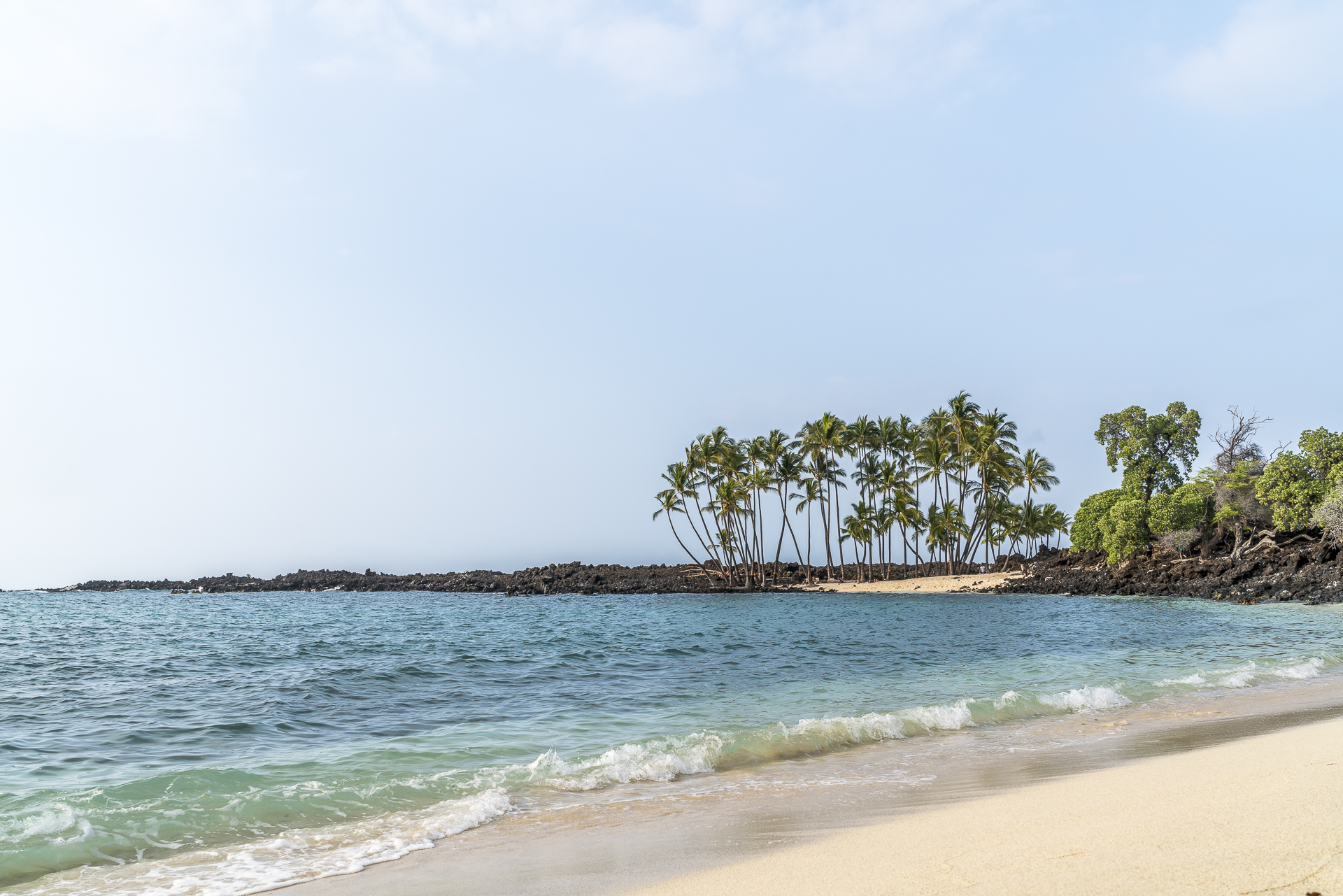
#2 Snorkel through underwater worlds
Big Island’s west coast also offers great snorkeling and diving spots in the winter months. It’s worth getting up early and doing the first snorkeling lap of the day just after sunrise. Then the sea is particularly calm and the visibility under water is excellent. In the vicinity of Kona, we especially liked the Kahalu’u Beach Park.
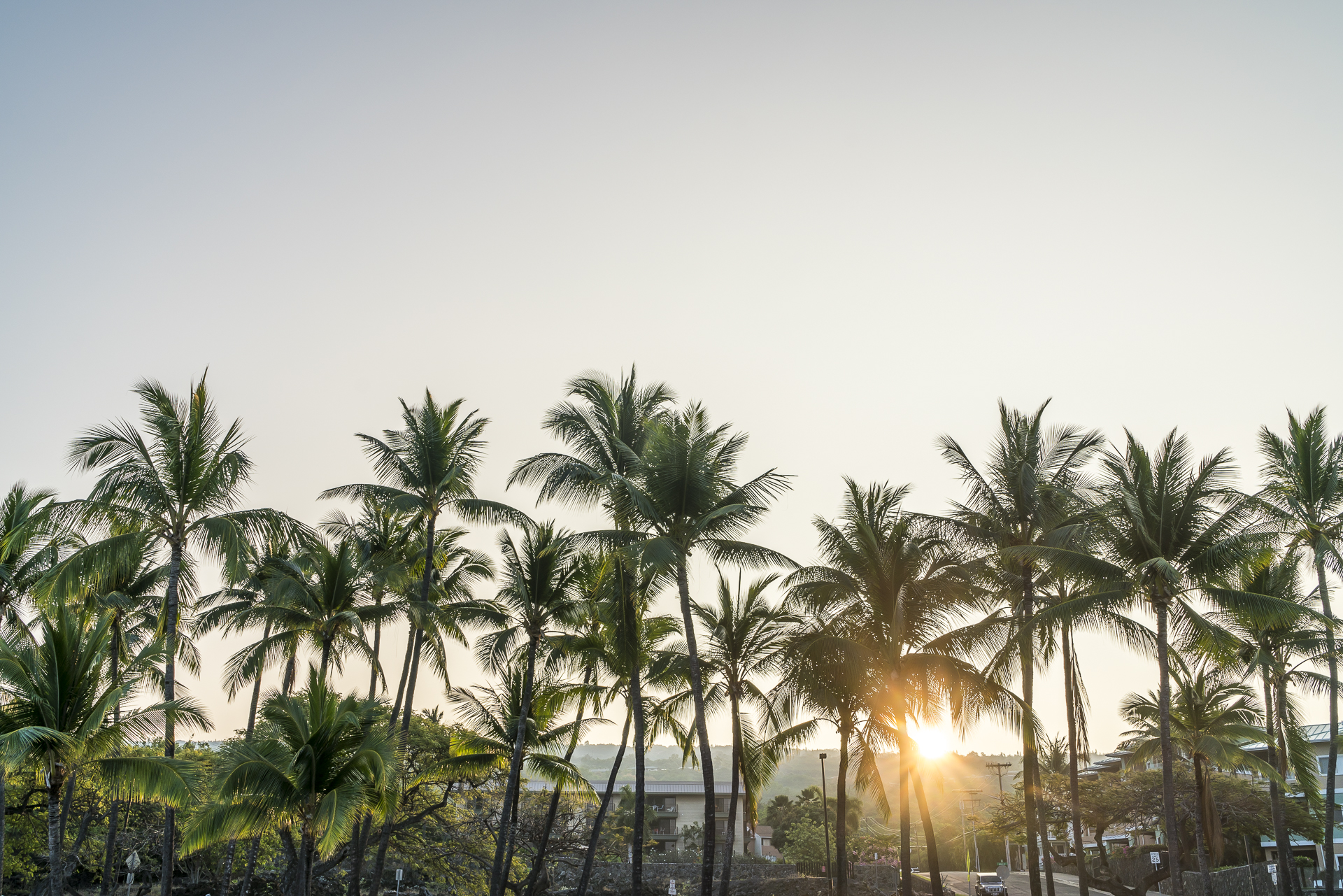
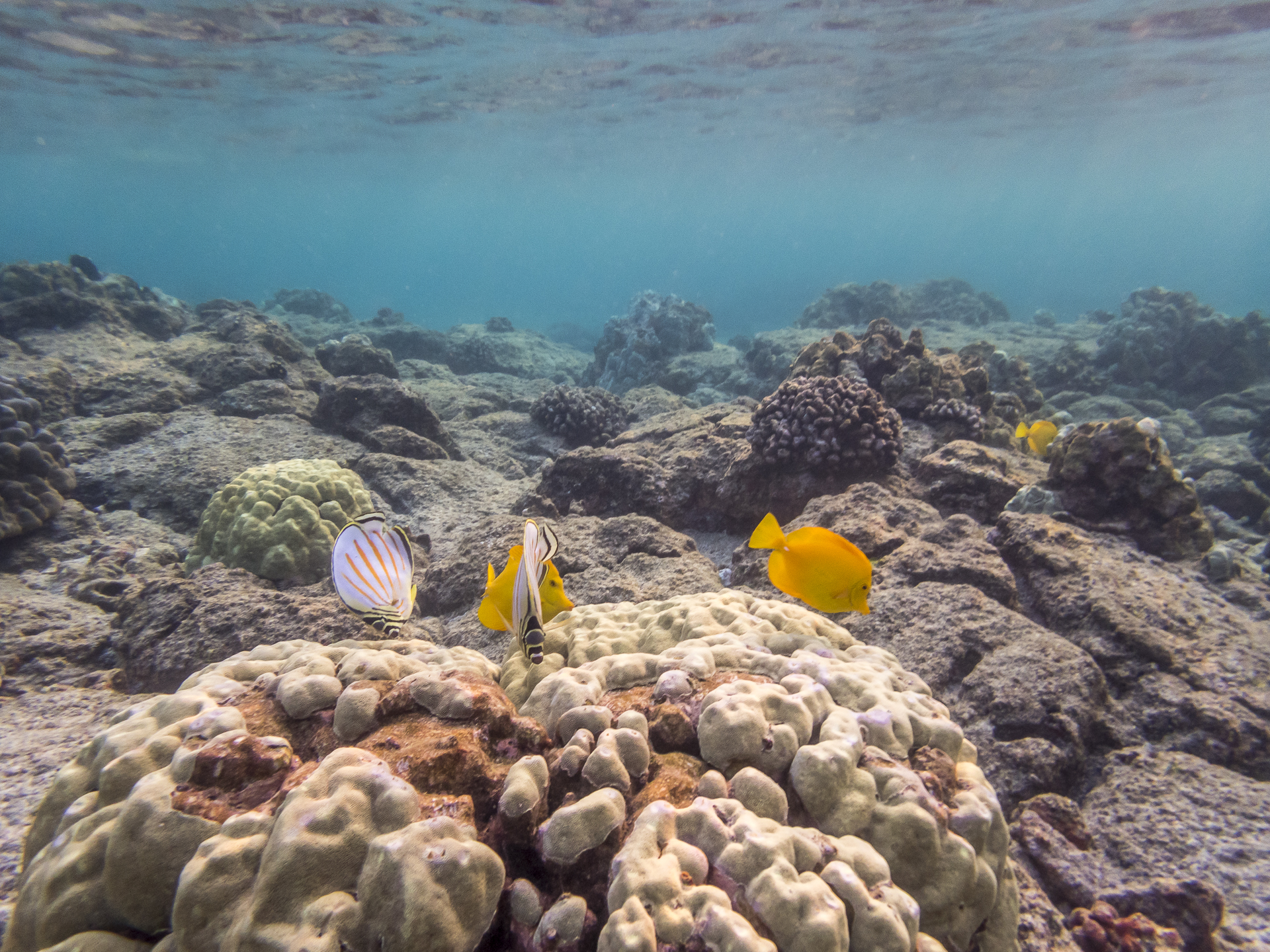
Further south, Ho’okena Beach Park is one of my favorite discoveries on the Big Island. The special thing about this beach is its location right in front of a small hamlet where locals live. Here there are some nice shady spots under palm trees and at the same time there is also a tent site directly on the beach. In the morning, there is a good chance of spotting dolphins out in the bay. We were lucky and were able to watch a group of dolphins for a good two hours. Some beach guests “plunged” into the middle of the dolphin group with their snorkeling equipment. Since swimming with dolphins is a dream of many, most tourists unfortunately completely ignore the numerous signs with the minimum distance to be taken into account from dolphins…
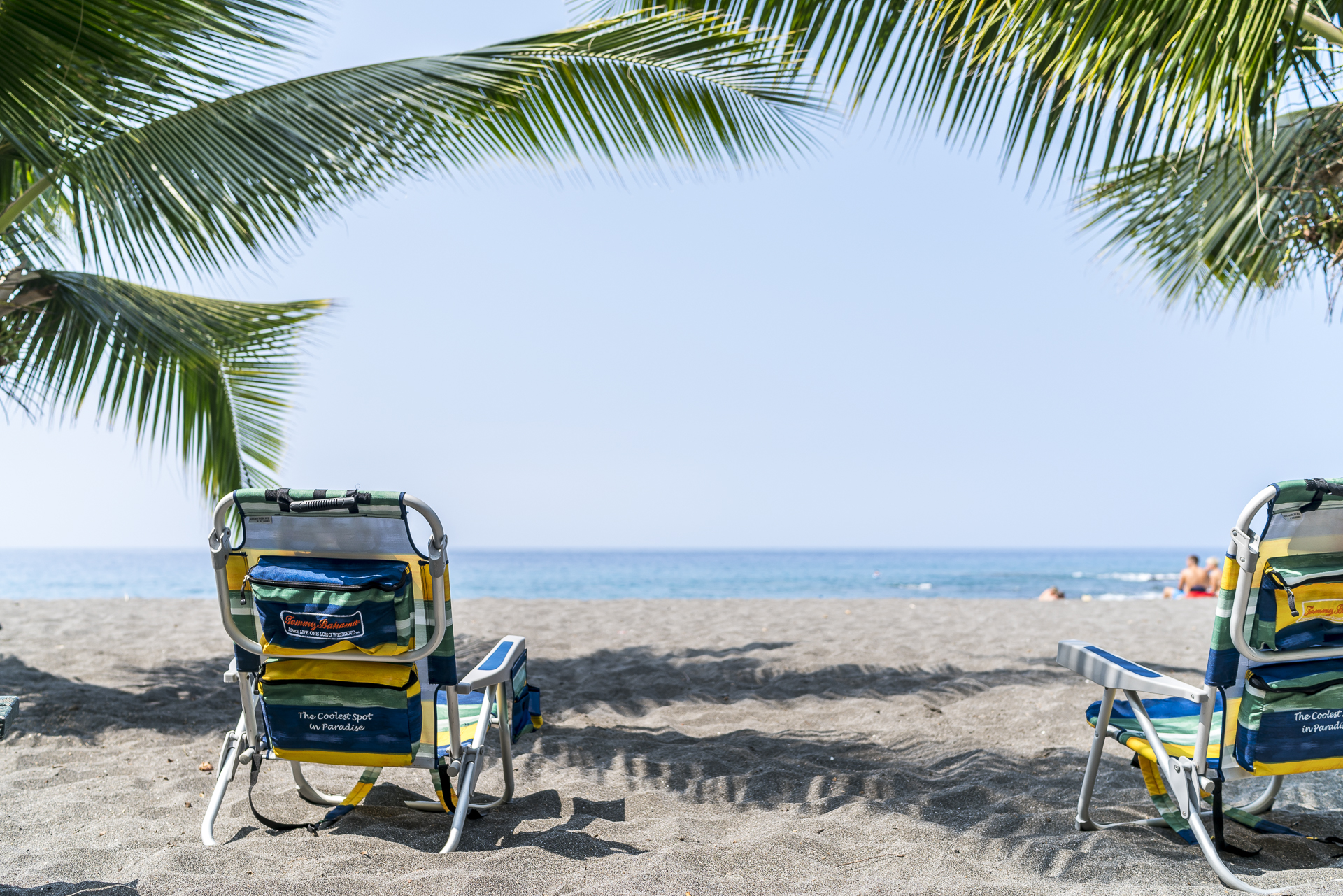
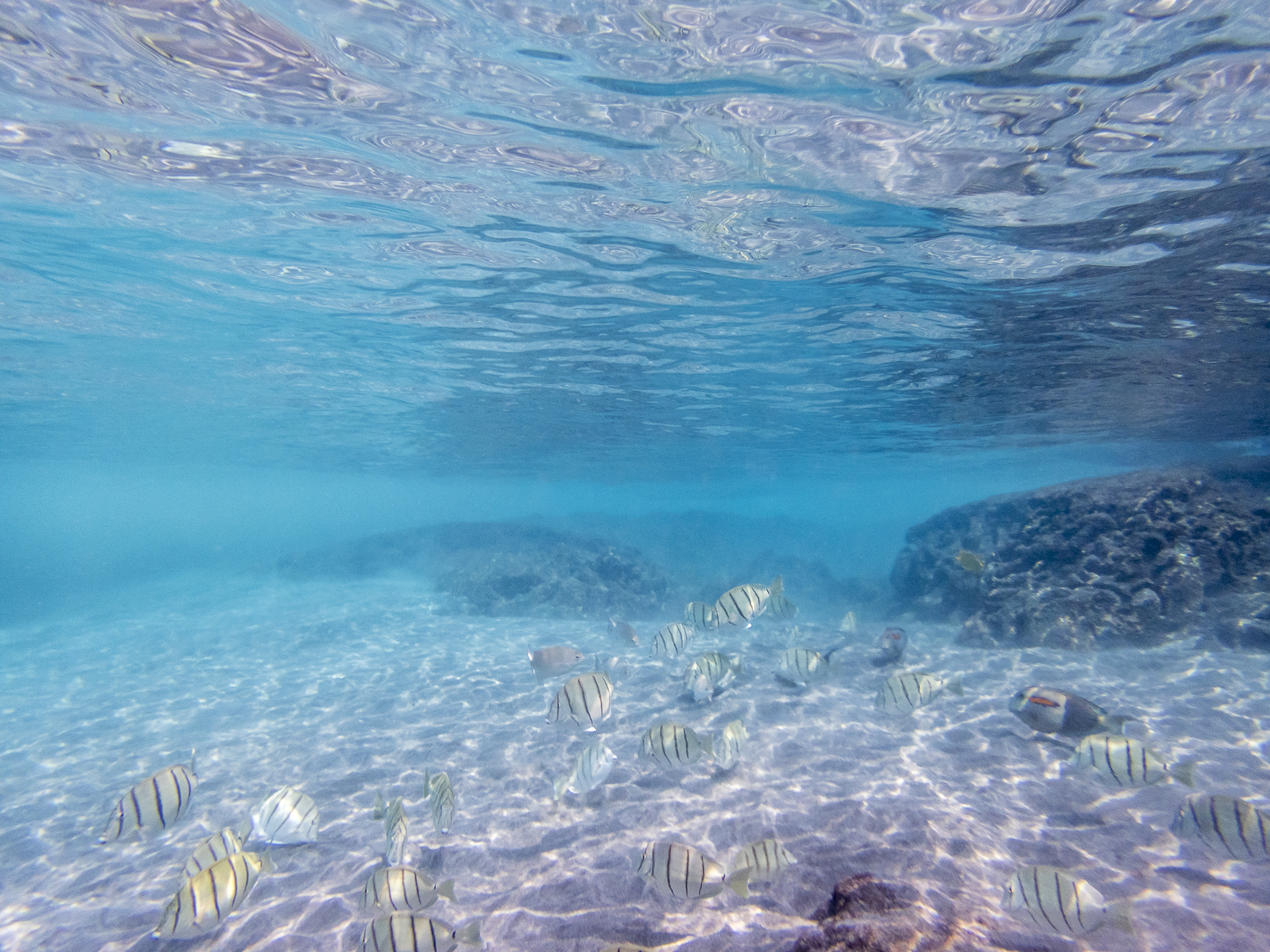
In addition to the dolphins, we also discovered turtles near the beach at Ho’okena Beach Park. If you’re not lucky here, I recommend a detour to Kiholo Bay. It is a 20-minute walk to the snorkeling spot in the quiet bay, but the chances of spotting turtles are extremely good.
#3 Leave traces in the black sand
From white to green to pitch black, the Big Island offers almost the entire color palette of sand colors. In this regard, the southern tip of Big Island offers two highlights. On the one hand, there is Papakolea Beach, which is known for its shimmering green sand, and on the other hand, Punalu’u Beach Park, with a black strip of sand in front of a palm grove. There is a 2.5 mile trail leading to Papakolea Beach. Either you hike, use one of the “taxis” for a fee or venture behind the wheel yourself as an experienced four-wheel drive driver (but beware: sand is treacherous). Punalu’u Beach Park does not require any critical driving manoeuvres. There is a parking lot and toilets near the beach.
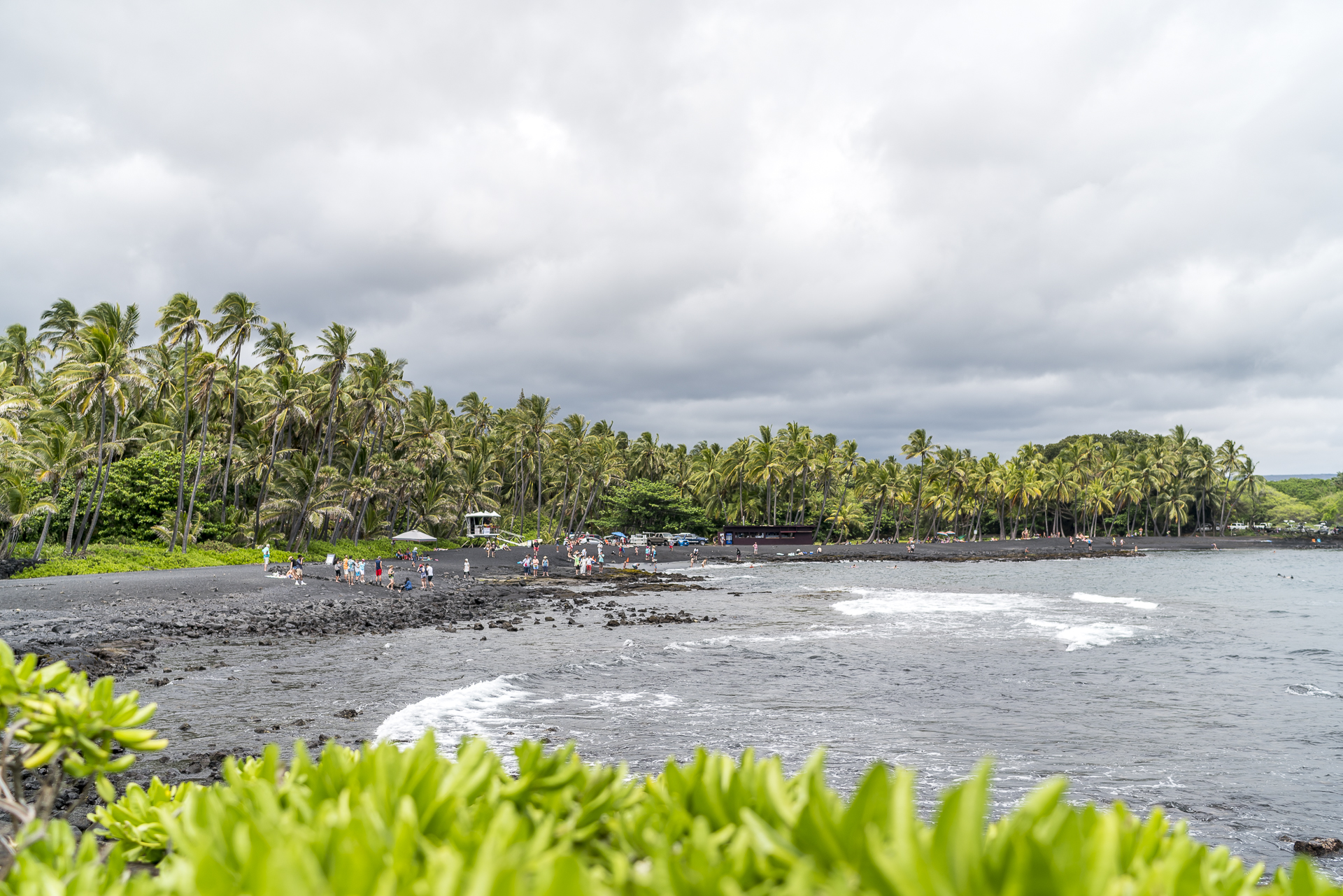
#4 Drive to the “really” southernmost point of America
If you’ve ever been to Florida, you’re probably thinking: “Southernmost Point on Key West is America’s southernmost point – after all, it’s marked there!” However, this designation is only correct if it refers to the continental part of the United States. The truly southernmost point of all the U.S. states is located at South Point (Ka Lea) of the Big Island. However, the detour to the southern tip is worthwhile not only because of this geographical fact, but also because of the beautiful coastal scenery.
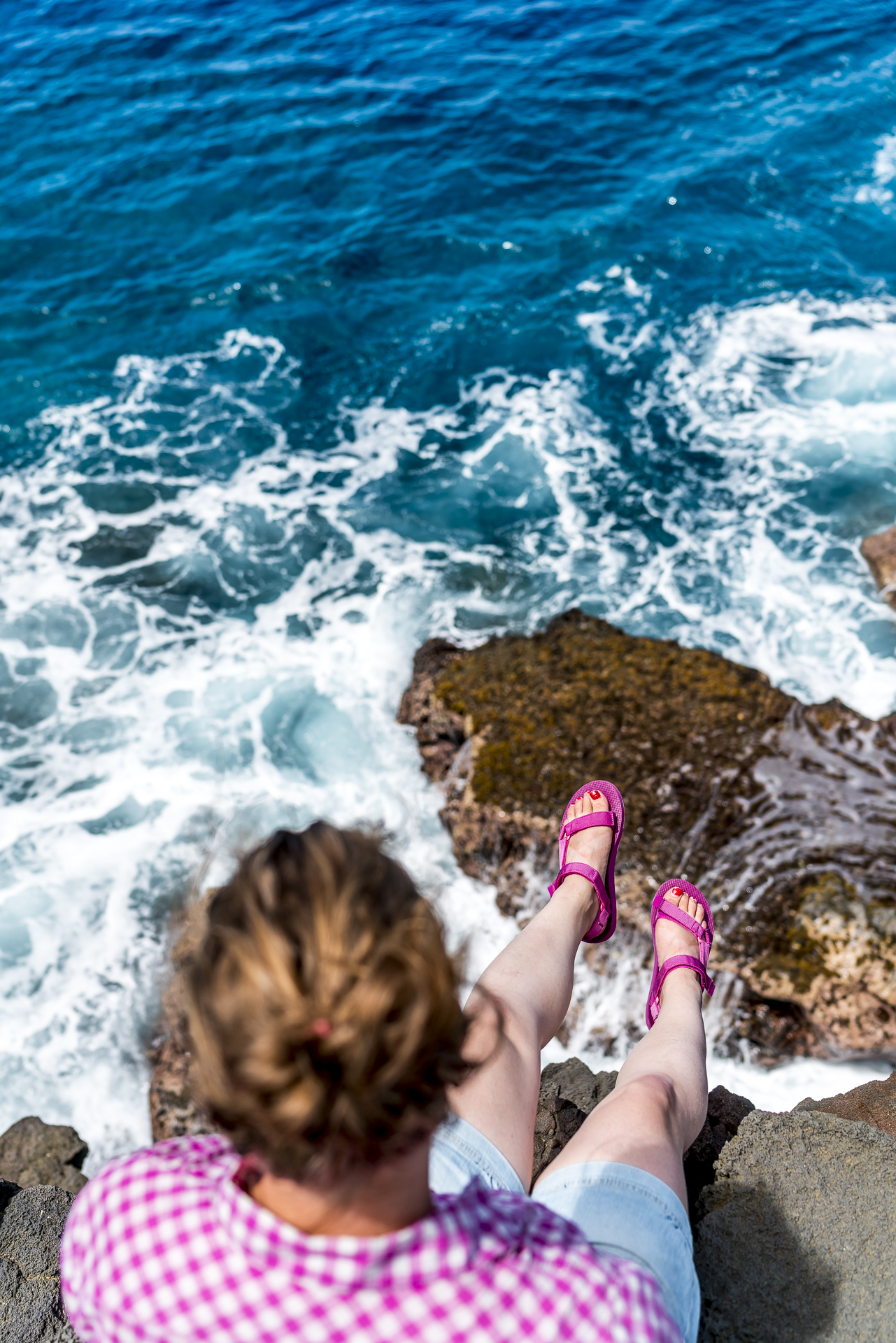
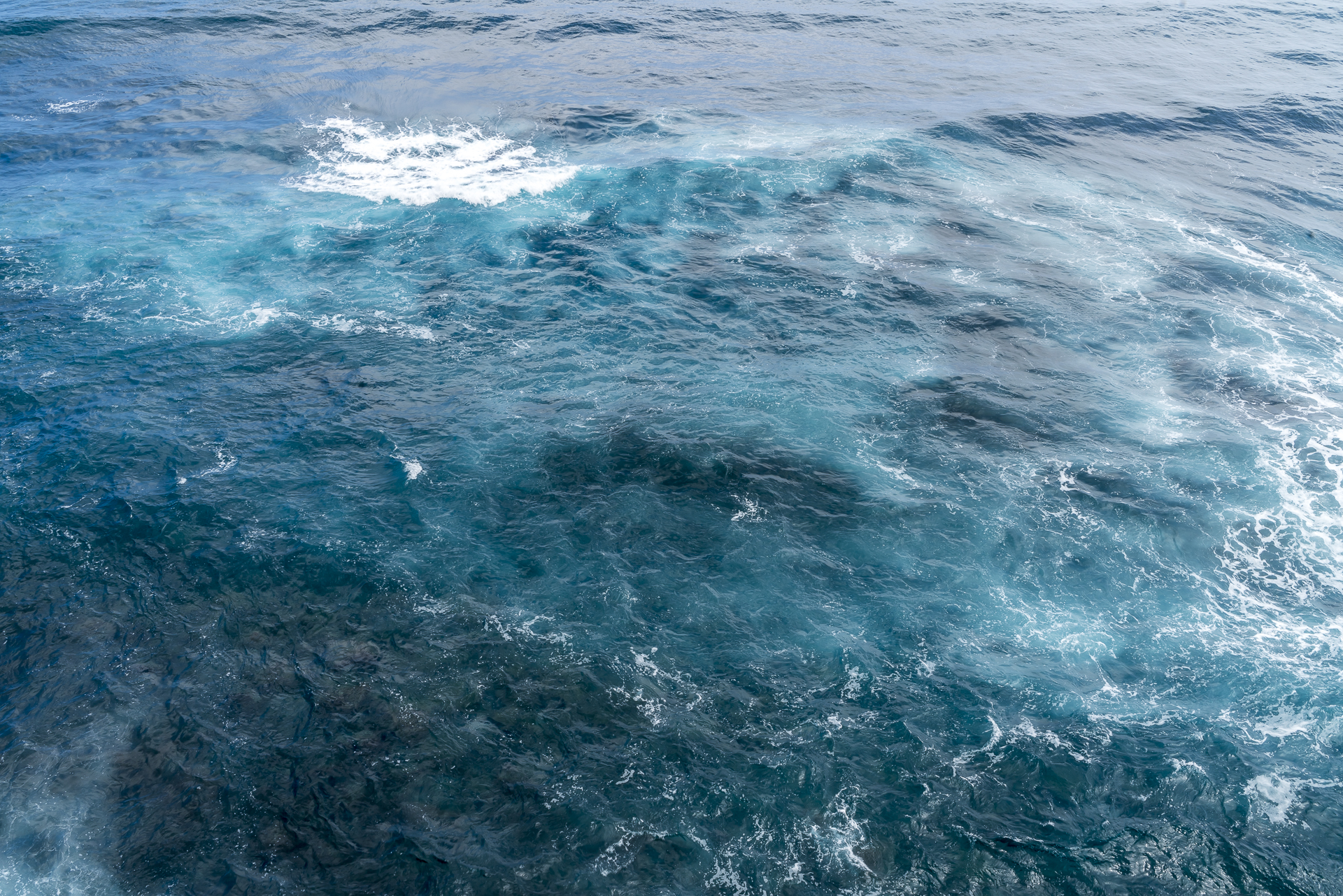
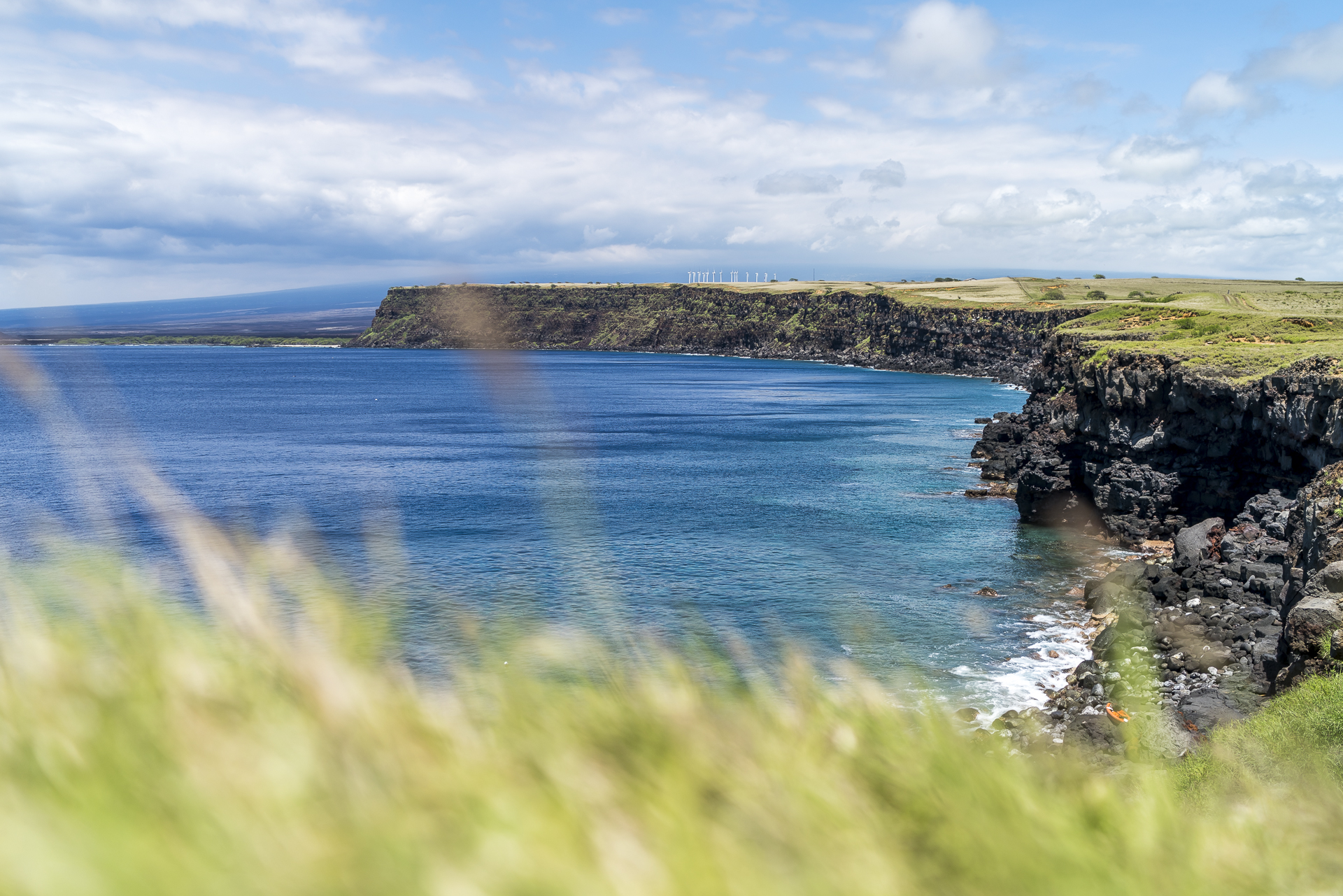
#5 “Climbing” the highest mountain in the world
For one of my highlights on the Big Island, we needed perseverance due to suboptimal weather conditions. It took three attempts until we made it to Mauna Kea. As on Kauai, we didn’t have any luck with the weather on the Big Island, although the climate should be more stable in the winter months, at least on the Kona side. Mauna Kea towers over the island with an impressive 4,205 metres in altitude. When measured from the bottom of the sea, it has a height of 10,203 m and is therefore considered the highest mountain on earth, depending on how you look at it. The summit of Mauna Keas is accessible by a road, which in the uppermost section (from the Visitor Information Station) may only be used with a four-wheel drive vehicle (4WD). This was the main reason for us to rent a 4×4 car (Jeep Wrangler) on the Big Island.
Unfortunately, Alamo (and also various other rental car providers) prohibits driving on “non paved” roads even for 4×4 vehicles as part of the user agreement. A section of the summit road to Mauna Kea is gravel and therefore theoretically not allowed to be driven on from the rental car provider’s point of view. Logically, we did it anyway. One simply has to be aware in this context that there could be an insurance problem in the event of an incident / damage.
On various days of the week, the Visitor Station offers free “stargazing” tours between 7:00 p.m. and 10:00 p.m. Originally, we planned our sunset cruise on Mauna Kea in such a way that we could have participated in the stargazing program of the Visitor Station afterwards. Twice, however, Mauna Kea was so cloudy that the summit road remained closed and no stars were visible. At the third attempt, the ride to the summit worked: What a gigantic backdrop!
Two notes:
When visiting Mauna Keas, keep in mind that you are going from sea level directly to altitudes above 4,000 m above sea level. So add a time window of 30 to 45 minutes for the journey to get used to the altitude with a short break at the height of the Visitor Station.
According to our research, Harper Rental is the only rental car provider that legally allows you to drive on Mauna Kea. As mentioned above, the authorities only want to know if your car is equipped with a 4×4 when controlling access to Mauna Kea. However, if you want to be on the safe side in the event of damage, it is best to take a look at the offers from Harper Rental.
Update 2022: The mentioned car rental provider has ceased operations.
Check the Mauna Kea Visitor Center website in advance to find out if and how the summit road is open/accessible.
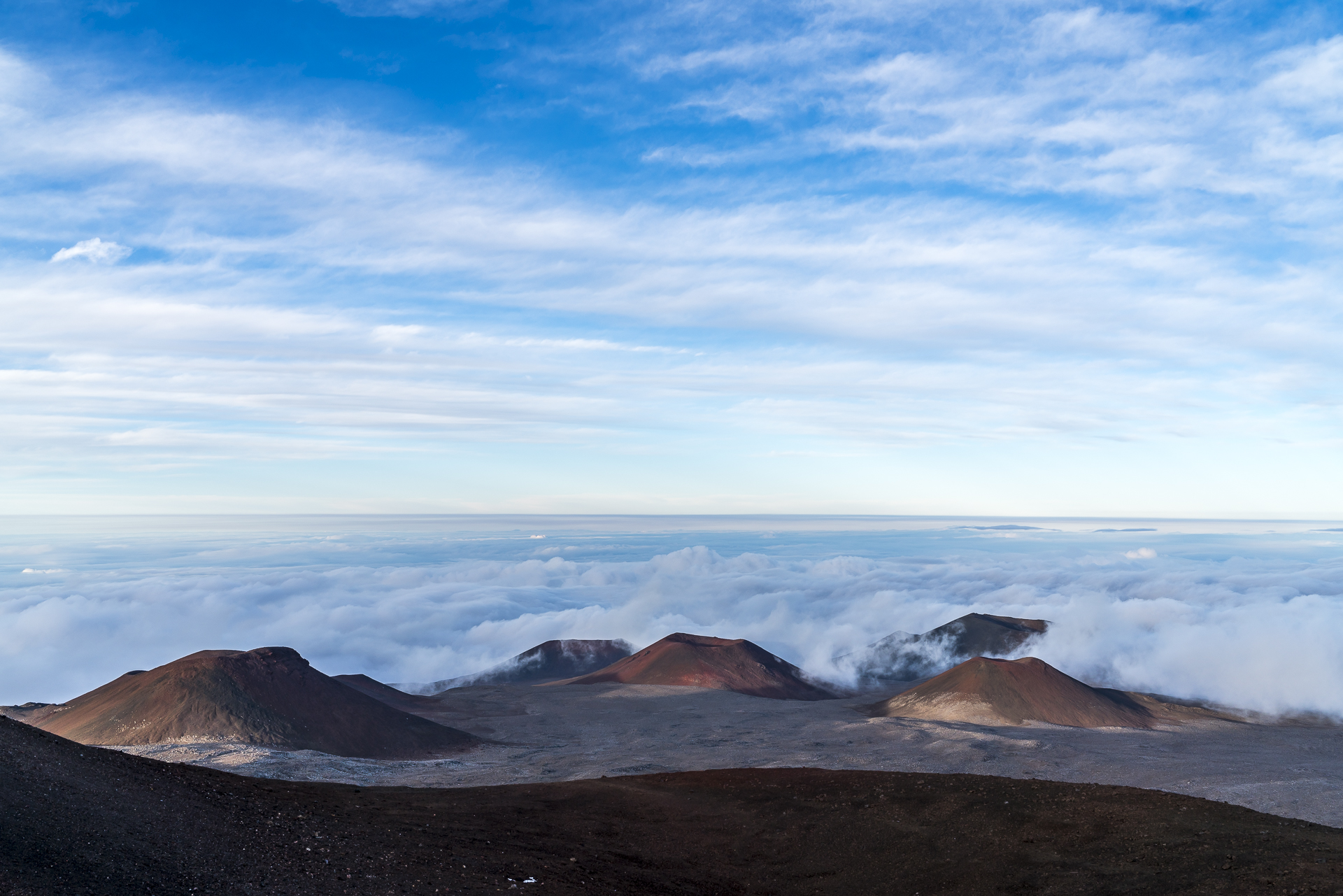
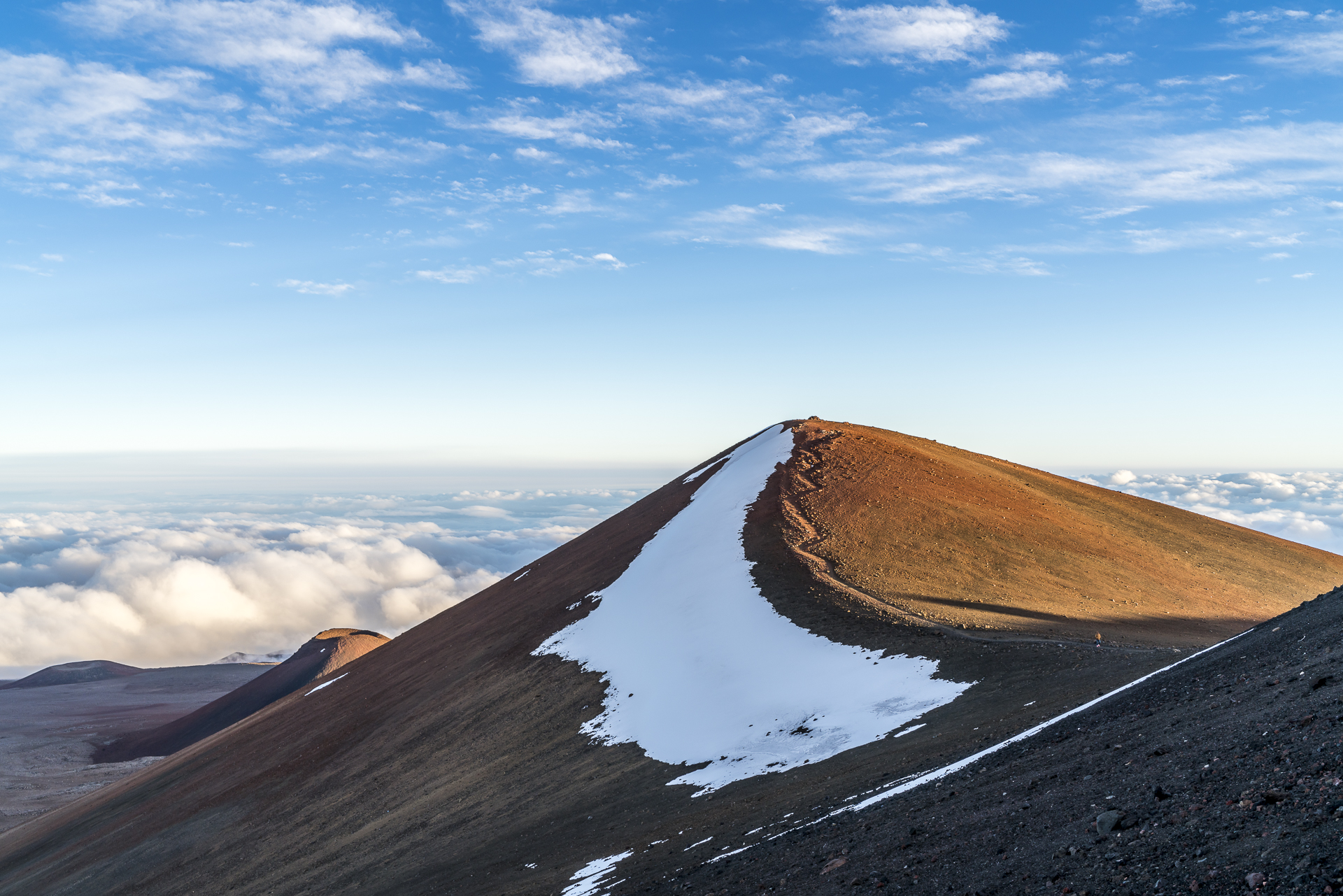

#6 Search for bubbling lava
Note: we traveled to Hawaii in March 2018 and thus before the last major eruptions of the Kilauea volcano in May 2018. The landscape has changed since then. Some streets are still closed/inaccessible. In addition, there are currently no flowing lava flows to be observed. Here you can find more information: Hawaii Volcano Lava Map 2019
Highlight number two for me was the tête-à-tête with bubbling lava. The Big Island is one of the few places on earth where you can get within a few meters of bubbling lava without putting yourself in immediate danger. Until the end of October 2017, it was possible to observe lava flowing directly into the sea. This stream is currently no longer active. The active lava flows are currently located in the area of the Kahaualeʻa Natural Area Reserve between the Kilauea volcano and the easternmost tip of the Big Island, the Puna. The area is considered by locals to be the place of activity of the volcano goddess Pele. The Puna is crisscrossed by cooled lava flows. Some are from the 1990s, others from 2007 and some have just cooled down. The area is not developed with trails. To find the flowing lava, a walk of about two hours (in each direction) over cooled lava fields is necessary. Thanks to webcams and numerous information sites, the active lava can be easily located, but orientation is not easy in this monotonous landscape.
It was therefore clear to me that I would join a tour for this experience. This saves the frustration of having seen “nothing” after hours of hiking over hill and dale. We met some people who didn’t find the active lava flows in the vastness of Puna. Thanks to a flyer at our accommodation, I spontaneously booked (for the same day) a Lava Hike Tour at Lavaland Hawaii. The cost is $99 (plus taxes) per person and the tour lasts around four to six hours. We started with a small group (6 people plus guide) at 4:30 pm, reached the lava just before dark around 6:30 pm and were back at the starting point at 9:00 pm. Even if you set off on your own, it’s worth considering the early evening. As soon as it gets dark, you can see the glowing orange of the flowing lava from a distance. This will help with localization. But I would definitely choose such a tour again. Hiking on the lava fields is tricky – and not without danger. A careless stumble resulted in my hiking pants now having a hole in it and my shin is “maltreated”. The top layer of cooled lava is as sharp as glass.
Update October 2018: obviously the tour provider mentioned here no longer exists – or is no longer to be found online!
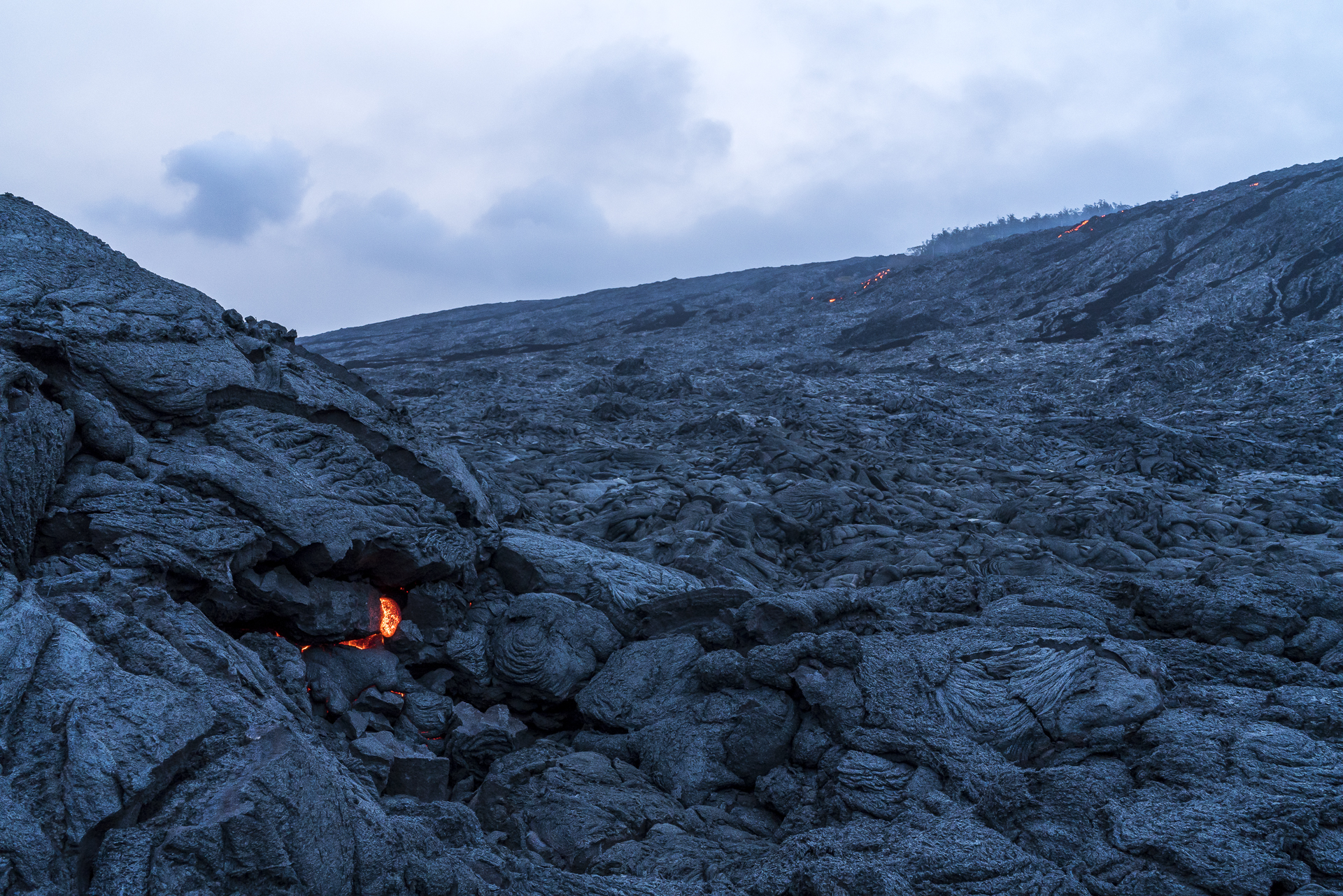
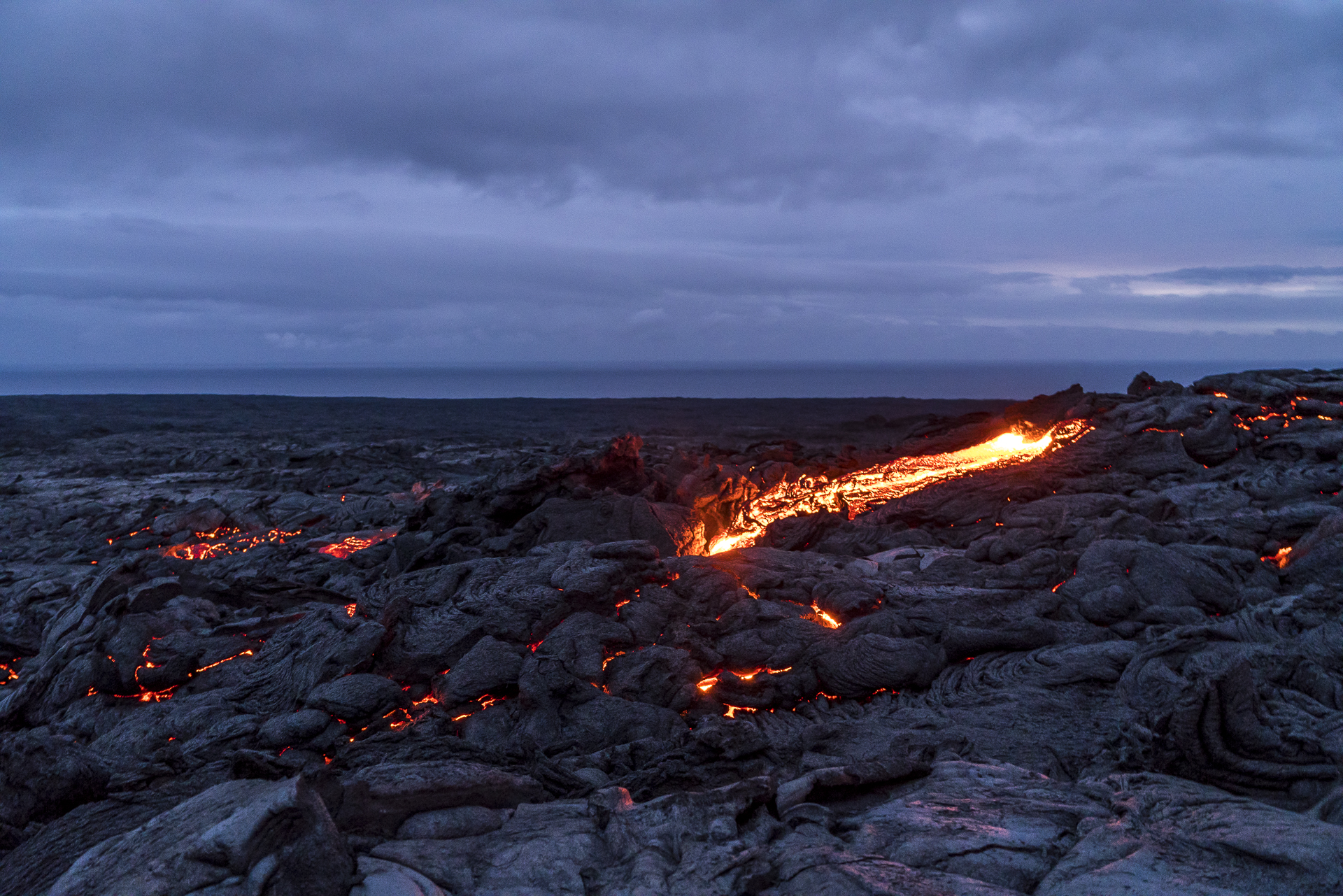
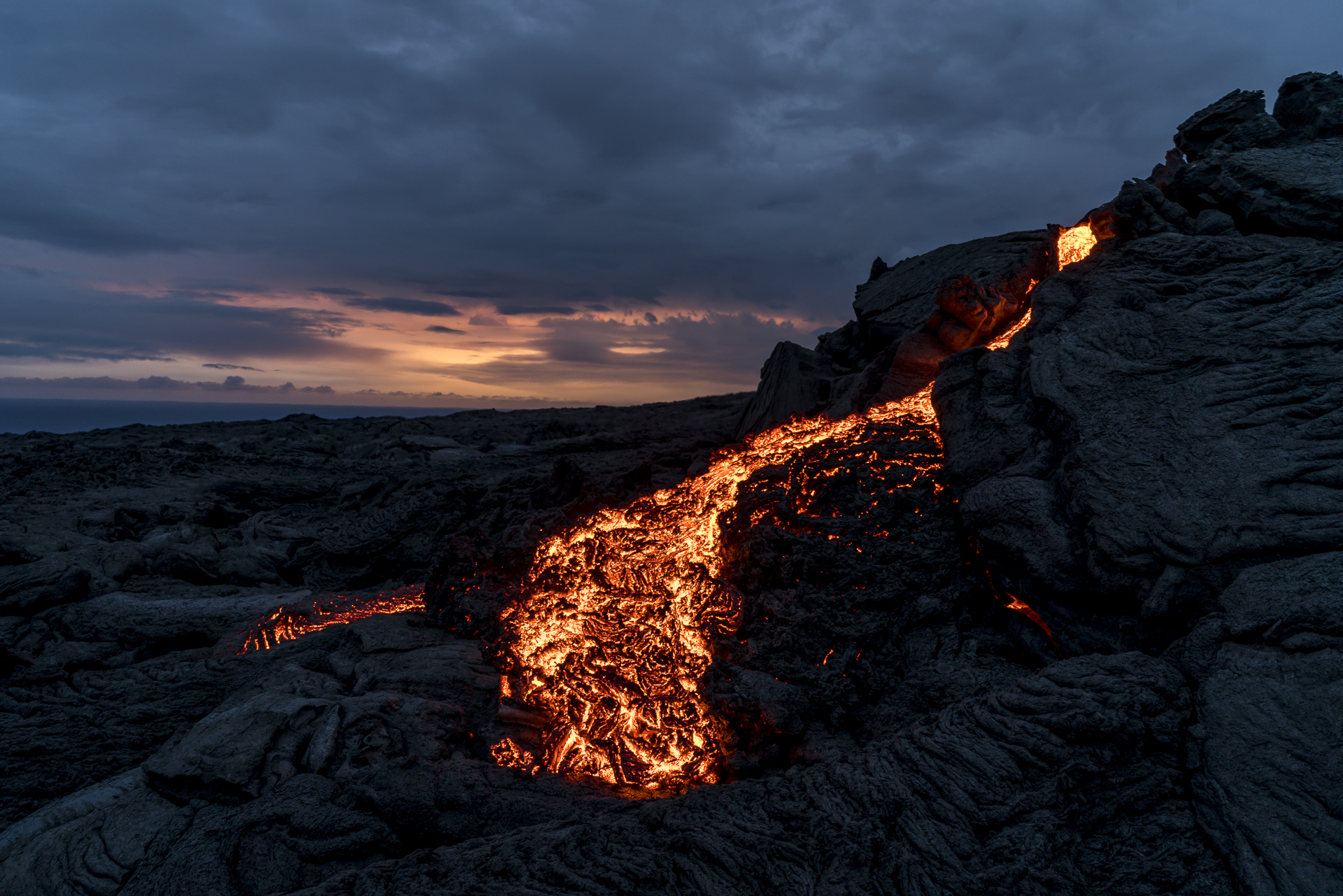
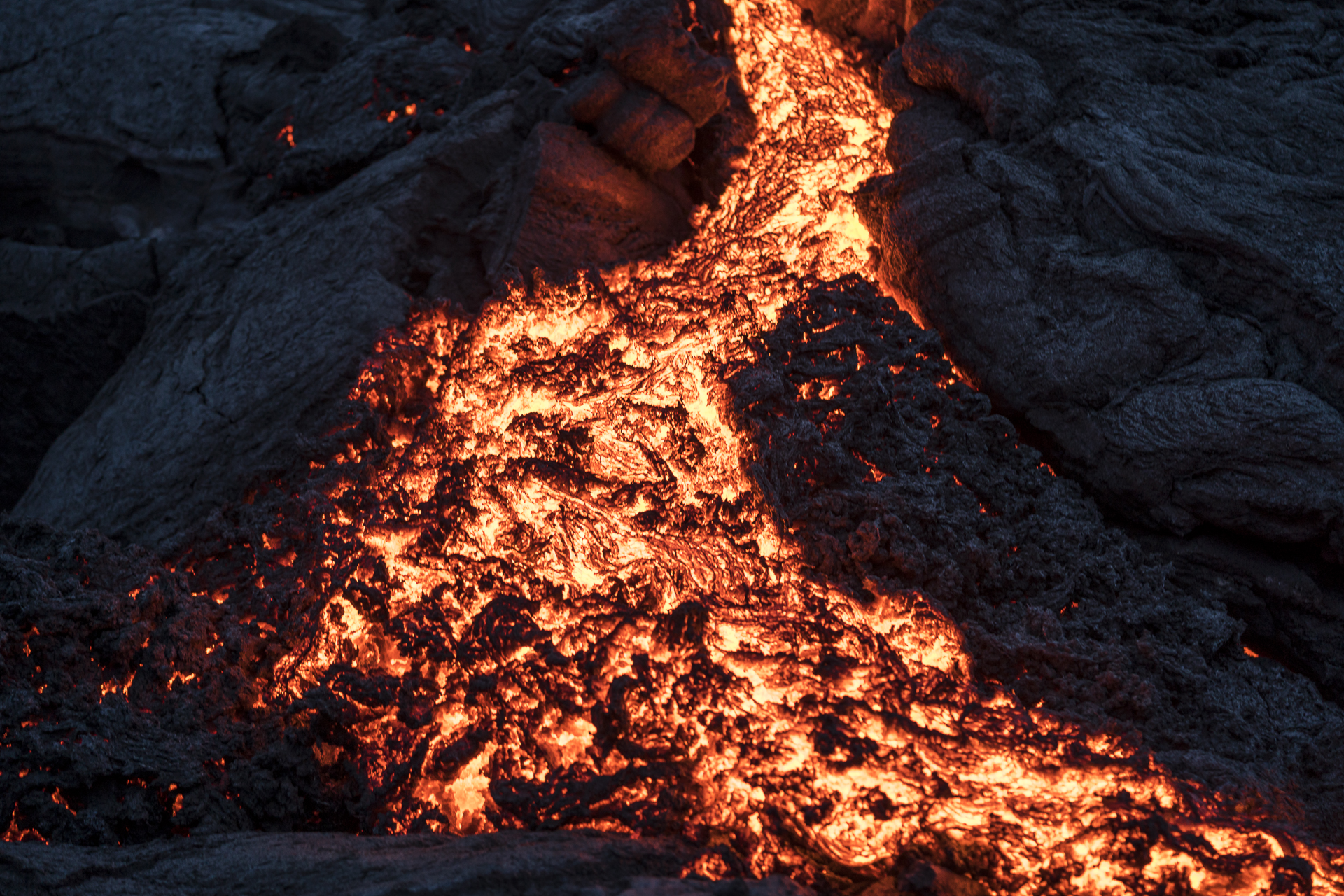
#7 Explore fascinating volcanic worlds
North of the Puna is the Hawai’i Volcanoes National Park. Admission costs $25 per car and is valid for seven days. During these seven days, you can drive in and out of the park as you like. The park’s main attractions are accessible via two roads – the Crater Rim Drive Tour and the Drive Chain of Craters Road. A magnet for visitors is the Jaggar Museum at the end of the Crater Rim Drive Tour. From here there is a view of the bubbling lava lake of Kilauea volcano. The best time to do this is shortly after sunset, similar to the lava tours.
The Drive Chain of Craters Road leads right through the national park to the Hōlei Sea Arch on the southeast coast and connects various sights and hiking trails. If the weather is good, it’s best to plan a full day for this. It took us a little more than two hours in rainy weather without longer hikes. Unfortunately, the weather was always the same as in the pictures: foggy and wet.
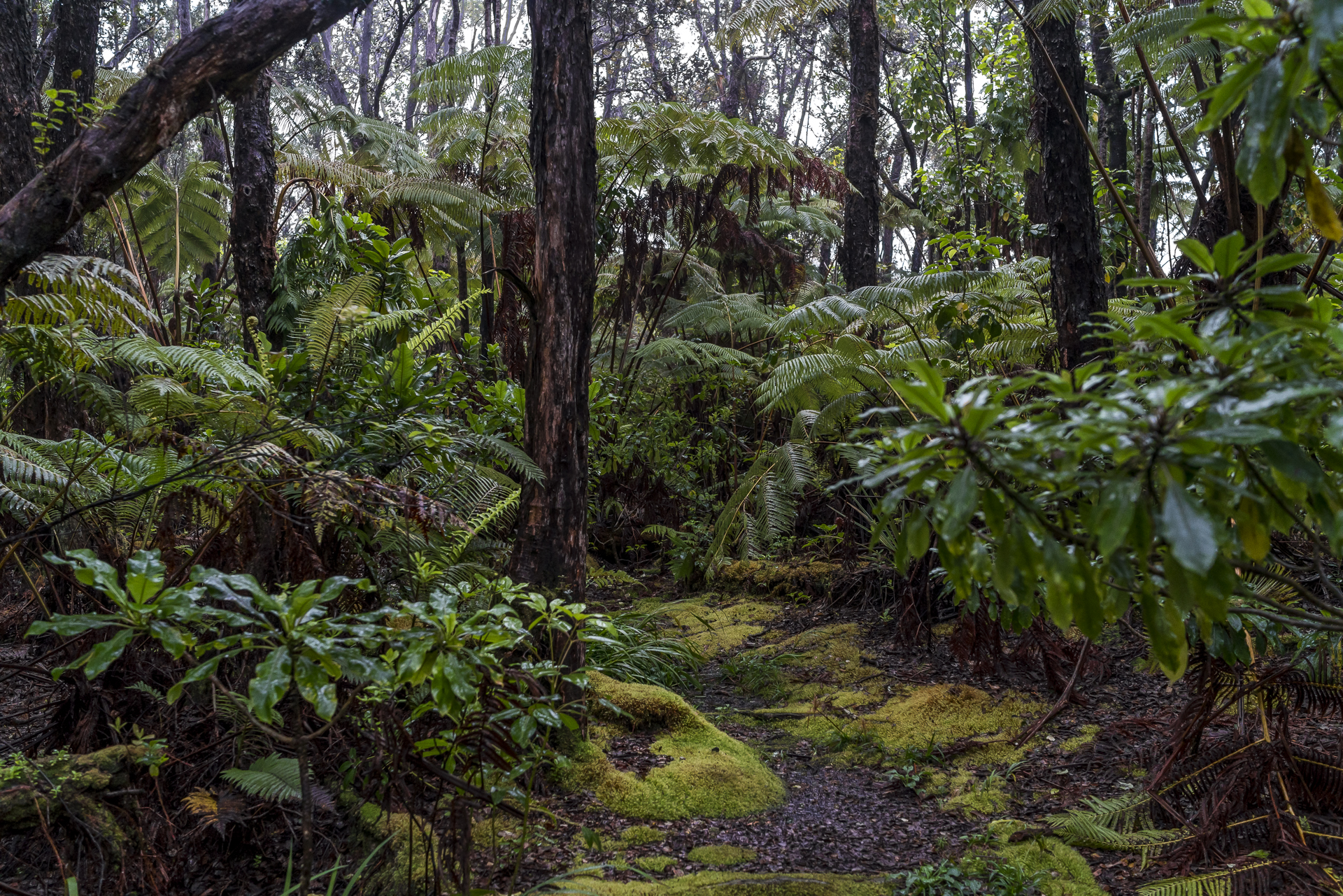
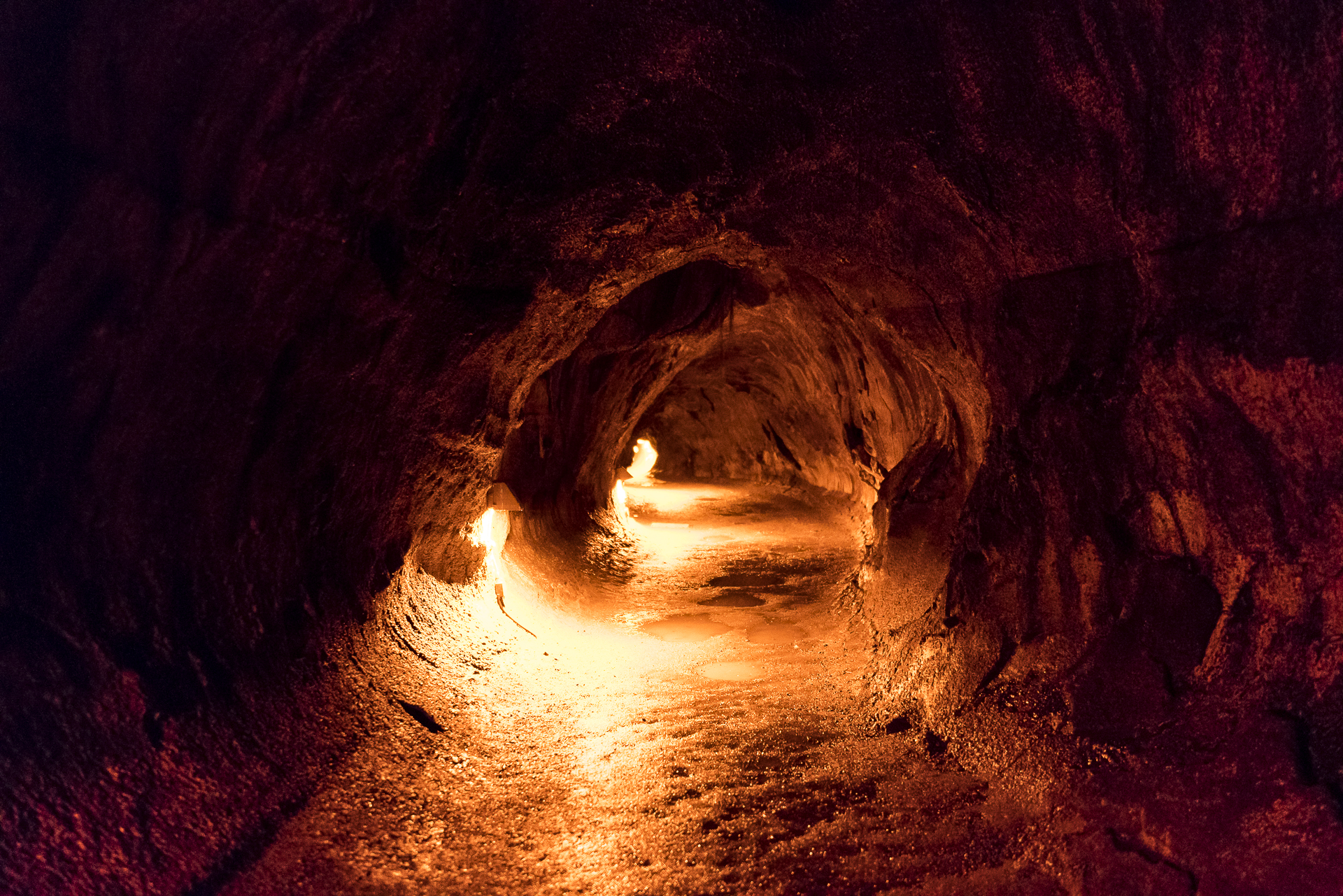
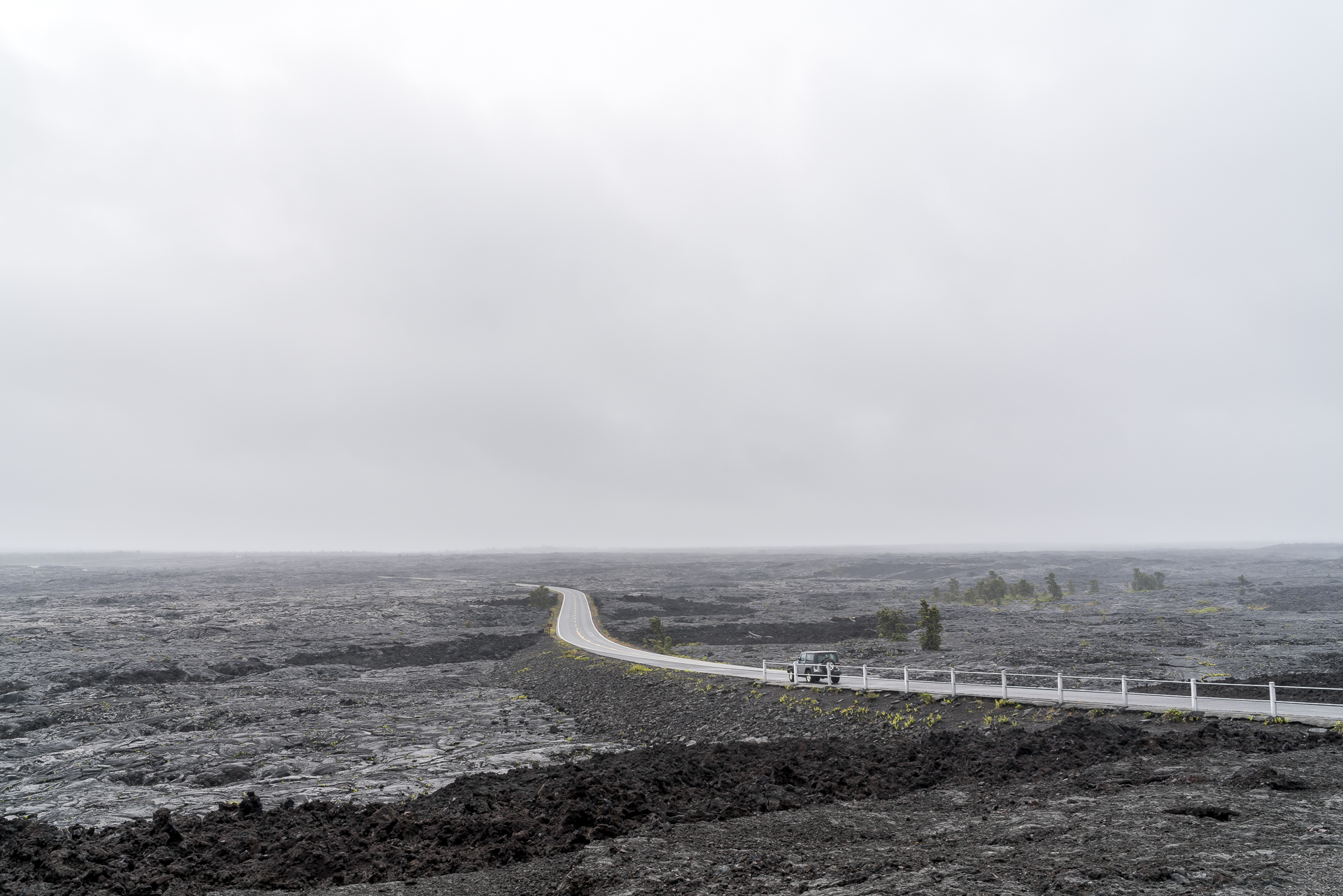
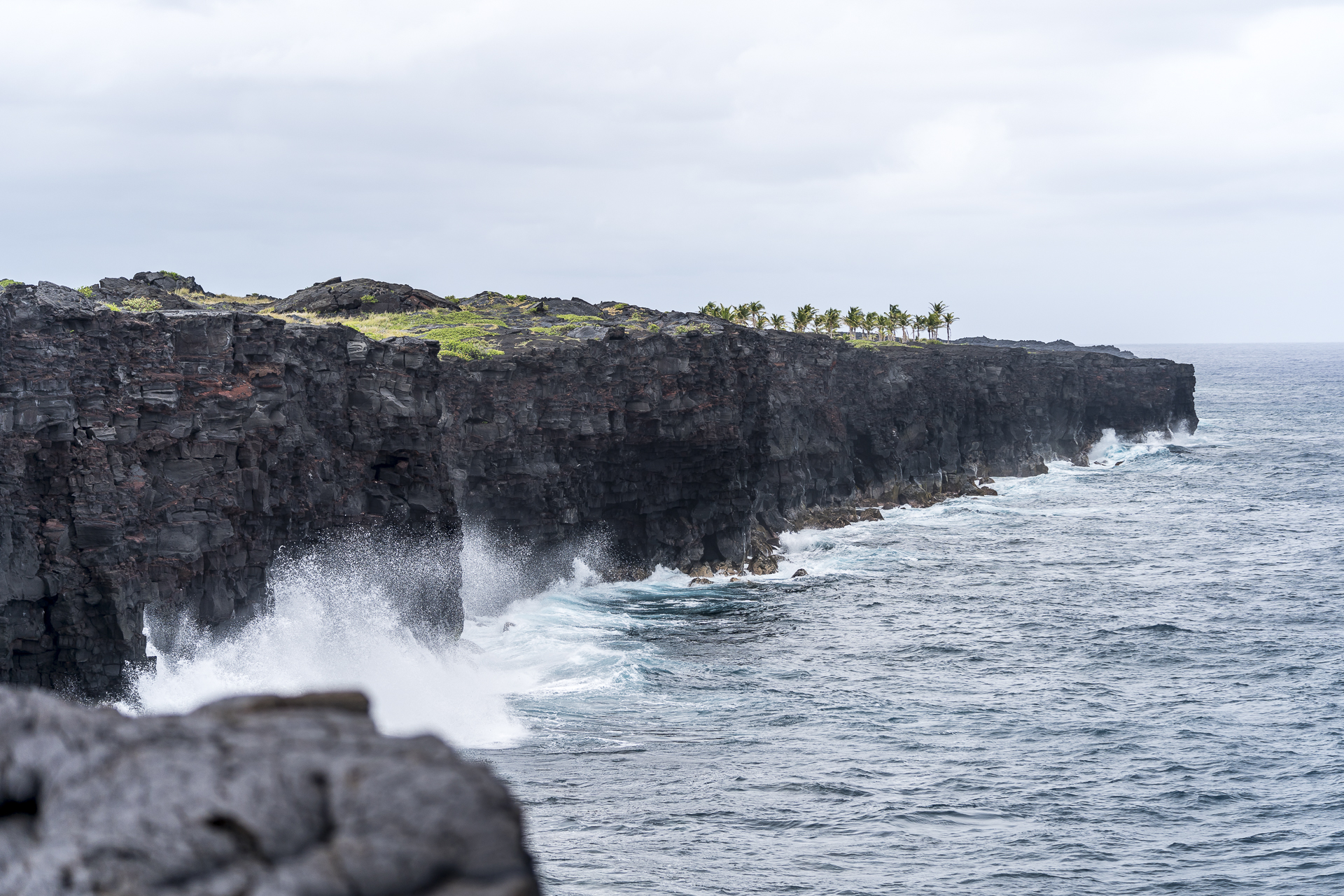
#8 Visit the rainiest city in America
Hilo forms the center of the east coast and is also the largest city on the island. With an average of 280 rainy days and 3,300 mm of precipitation per year, Hilo is statistically the rainiest city in the USA. We can confirm this fact insofar as it rained non-stop for four days during our stay in Hilo. Apart from that, Hilo has some charming corners. We picked up fresh local produce for breakfast at the Hilo Farmers Market.
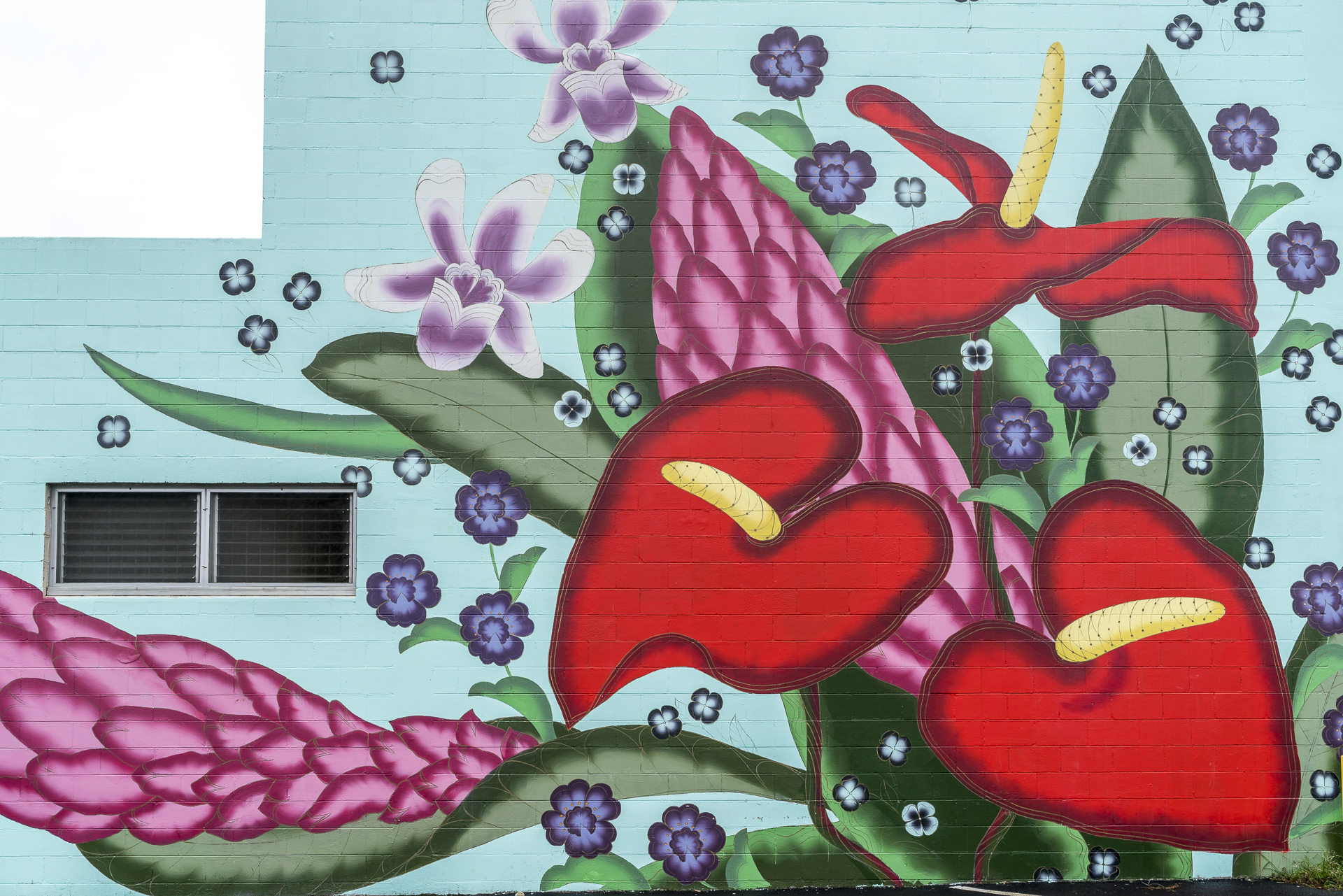
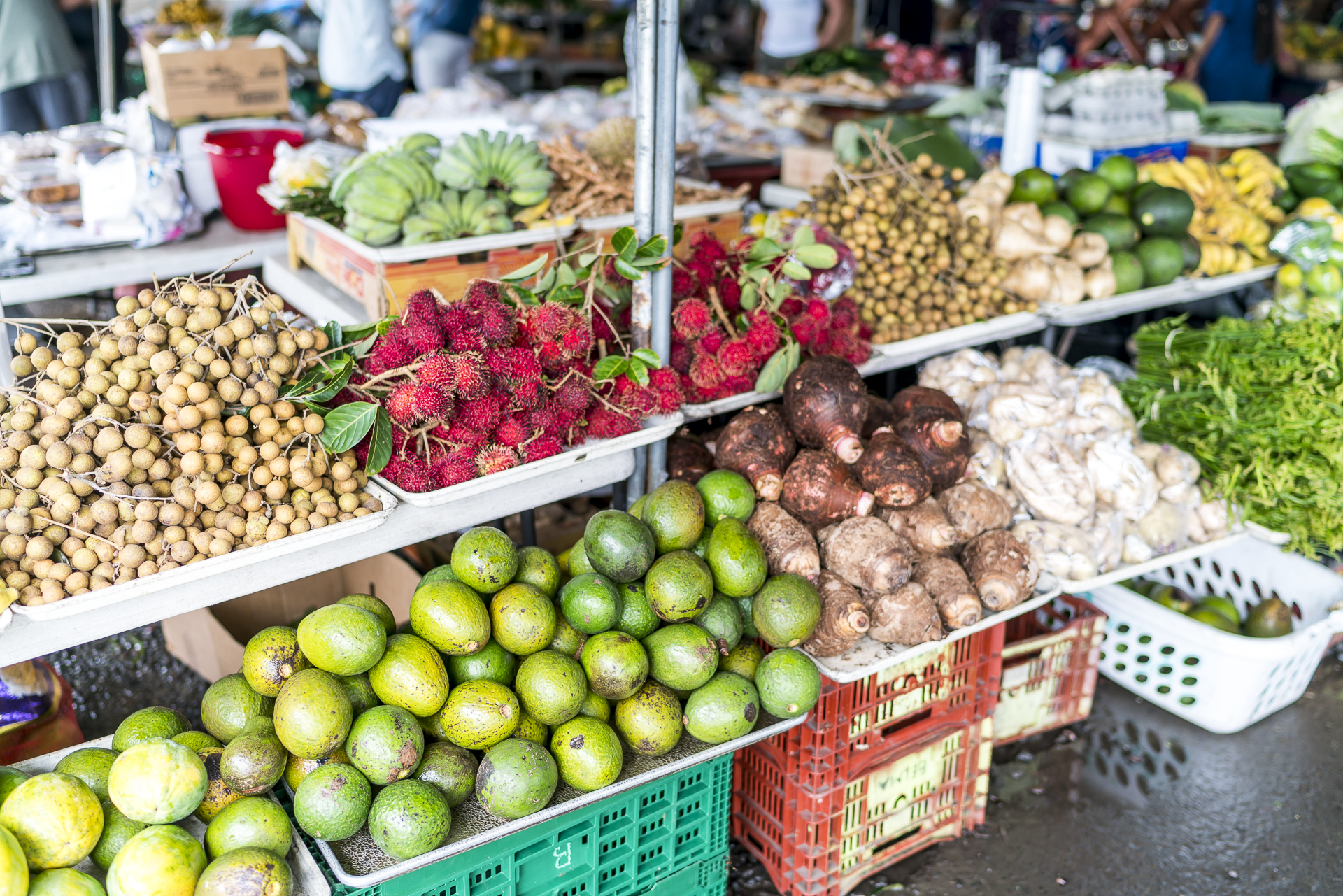
#9 Roam through tropical forests
While the west coast captivates with beautiful beaches and partly almost desert-like steppe landscapes. Impresses the east coast with intense green tones and lush flora. Worth seeing here are the Rainbow Falls near Hilo and the Akaka Falls above Honomu. To experience the jungle feeling, I also recommend a detour to the Old Mamalahoa Highway near Pepeekeo. On this route, be sure to stop at “What’s Shakin”; here you can get the best fruit shakes and taro burgers.
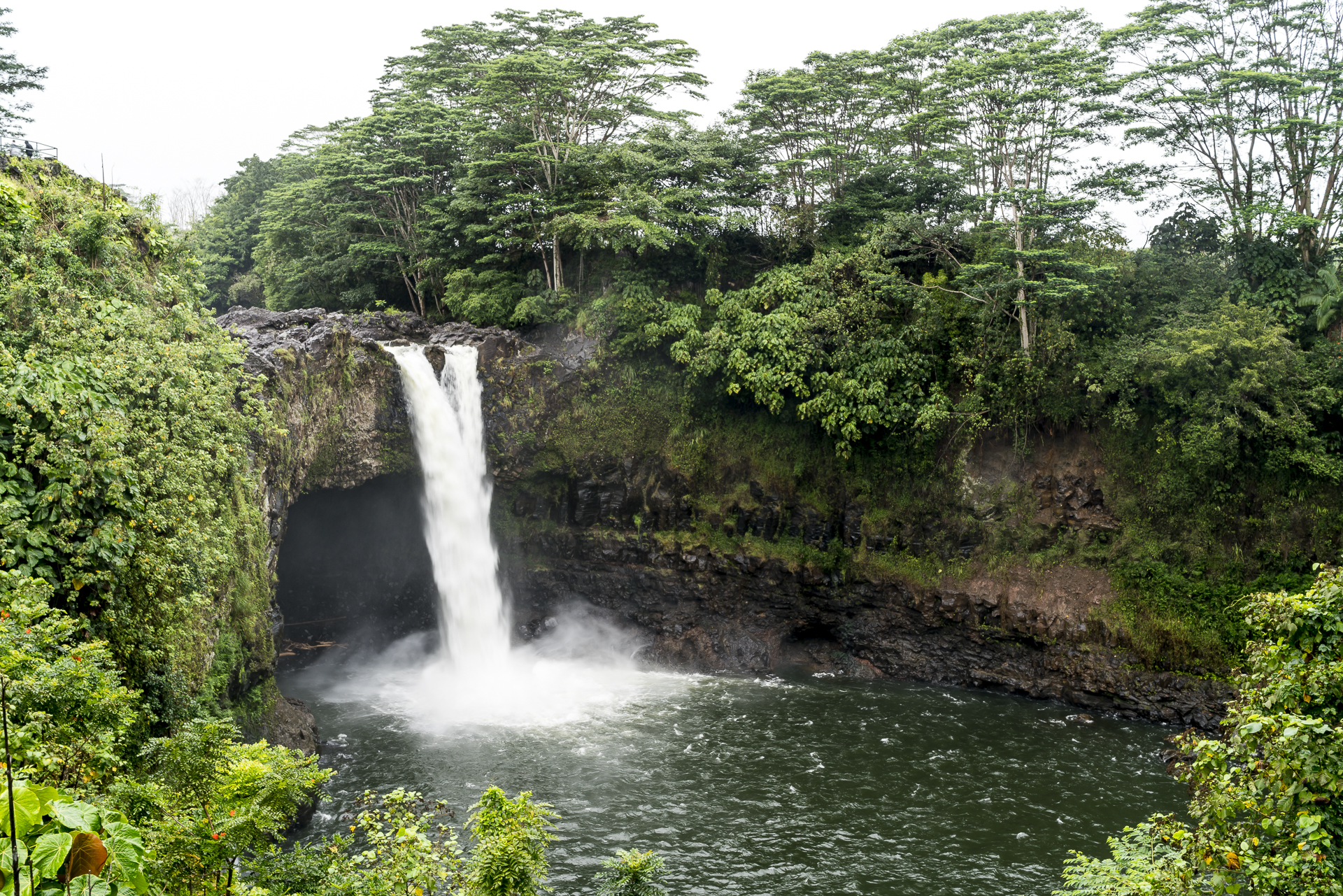
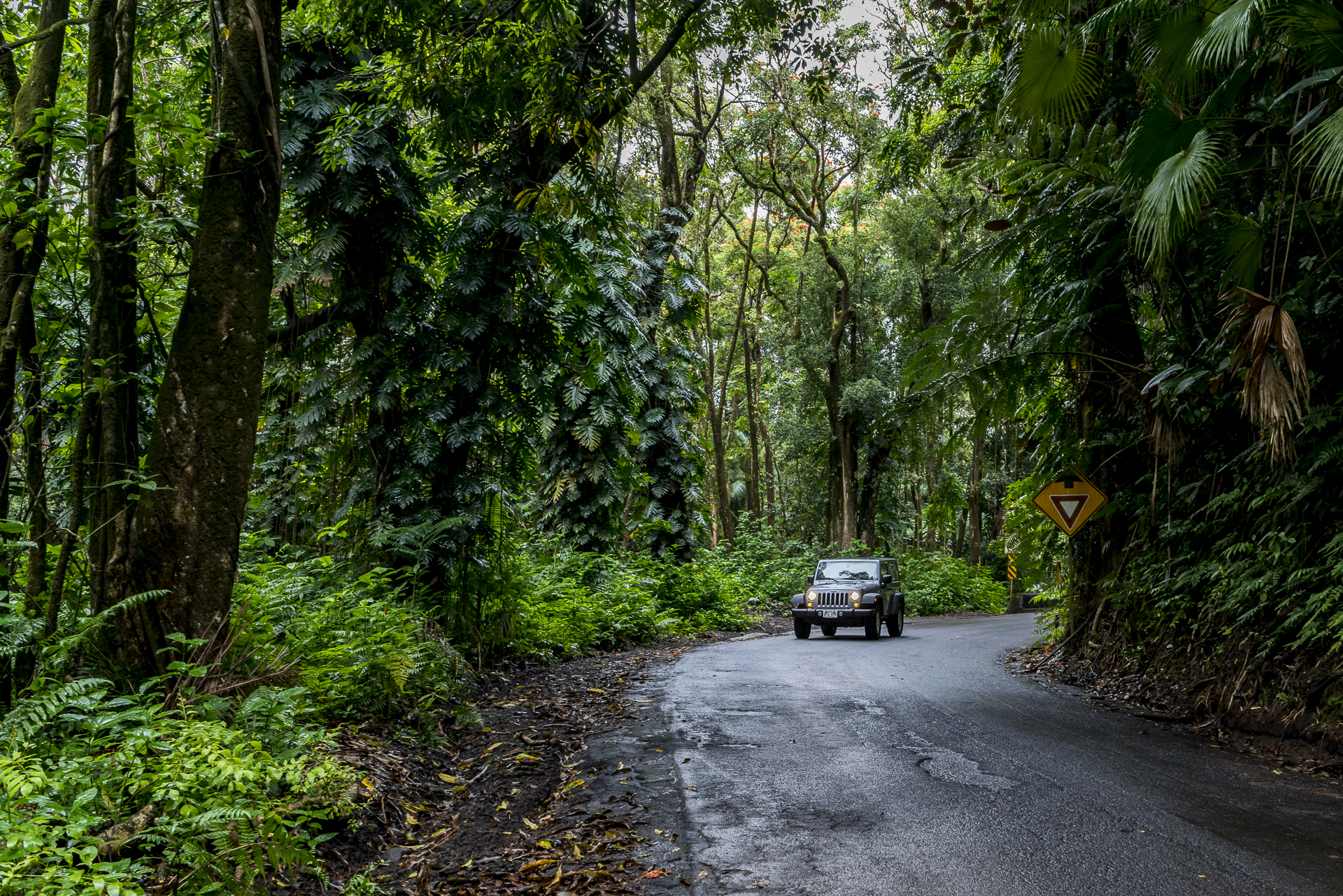
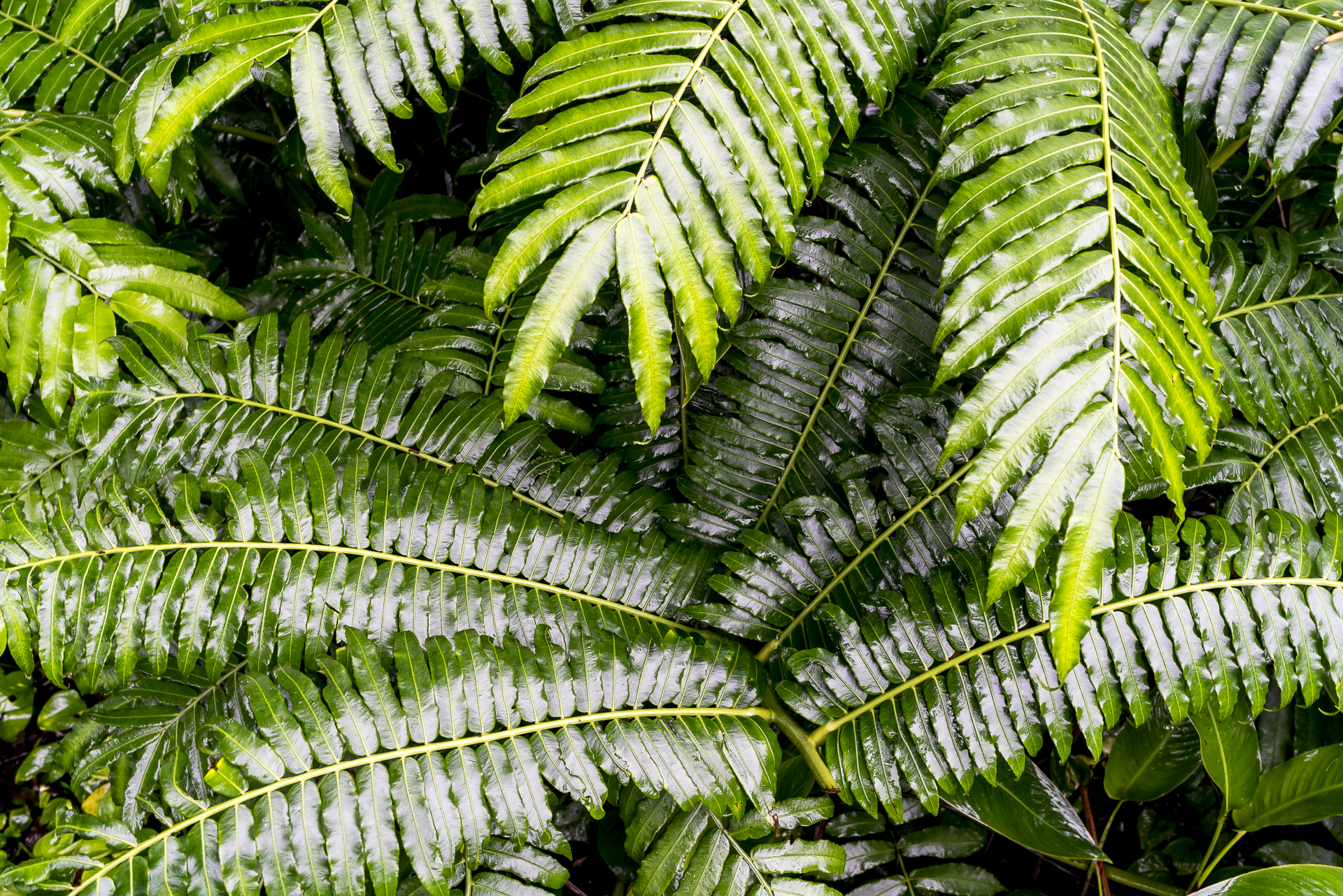
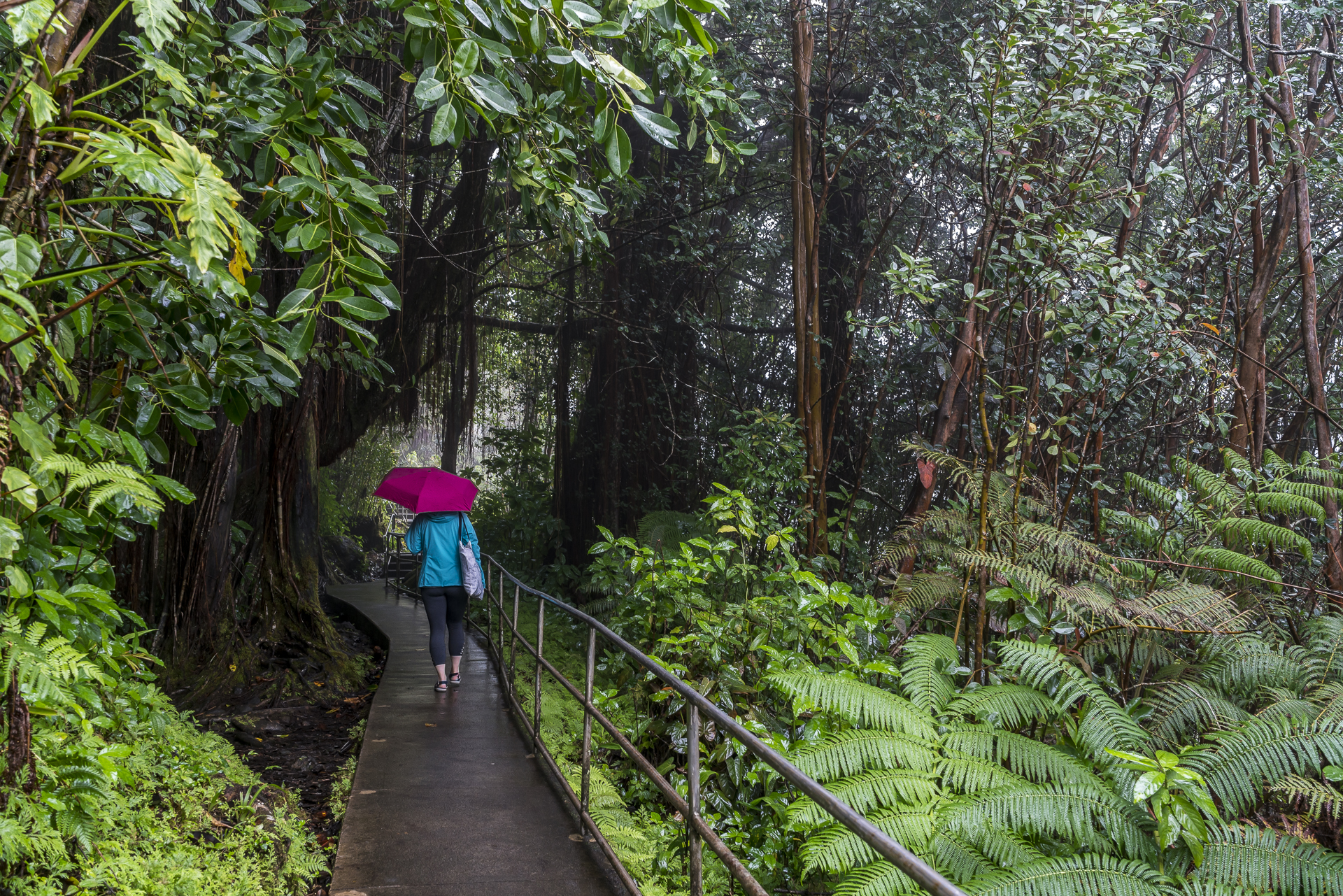
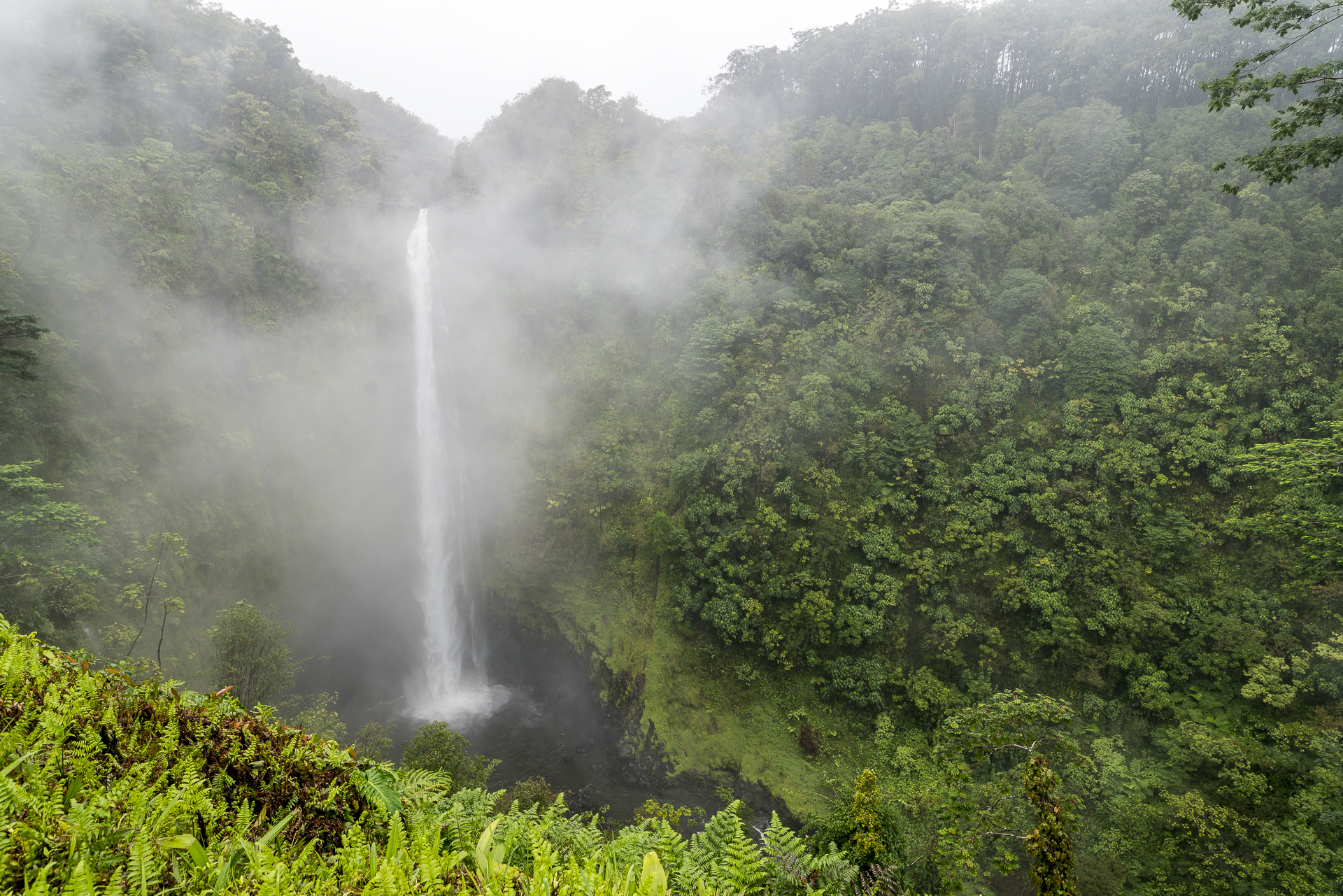
#10 Admire wild coasts
It doesn’t matter if you follow the road in the west or east to the northern tip – on both sides the road ends in front of the deeply furrowed north coast. Compared to Na Pali Coast on Kauai, this is only a short section, but no less impressive. On the west side, at the Pololu Valley Lookout, you can hike down into the valley for a good thirty minutes, which is a worthwhile detour.
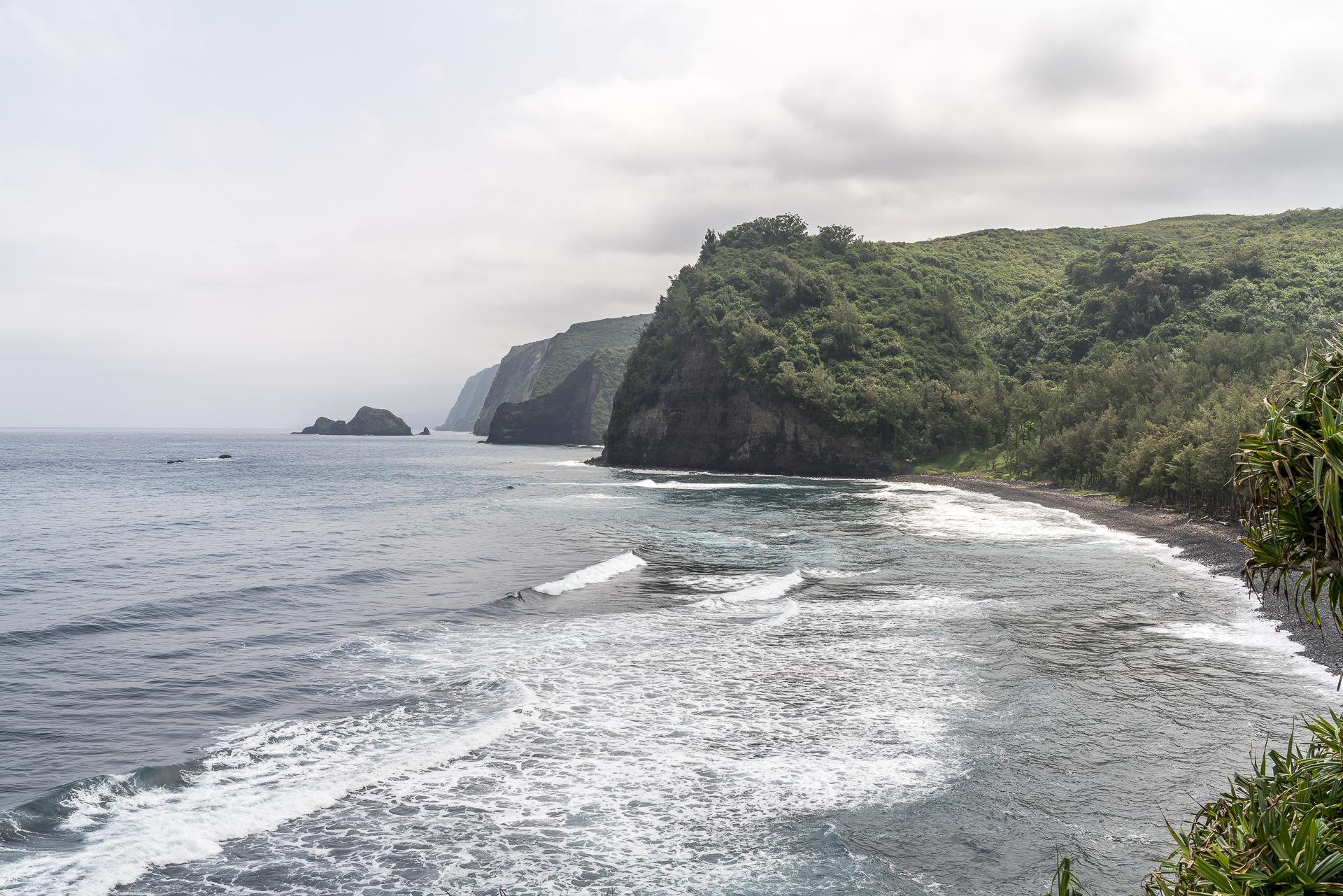
To the northeast is the Waipi’o Valley. Here, too, there is a small road that leads down into the valley. However, signs point out that this is private land and visitors are generally advised not to hike/drive into the valley unless invited by a local. In view of the humid weather, it was easy for us to forego this trip. If you are considering the hike to the Waipi’o Valley when the weather is nice, you should be considerate of the locals (car has the right of way) and do not leave any waste in the valley.
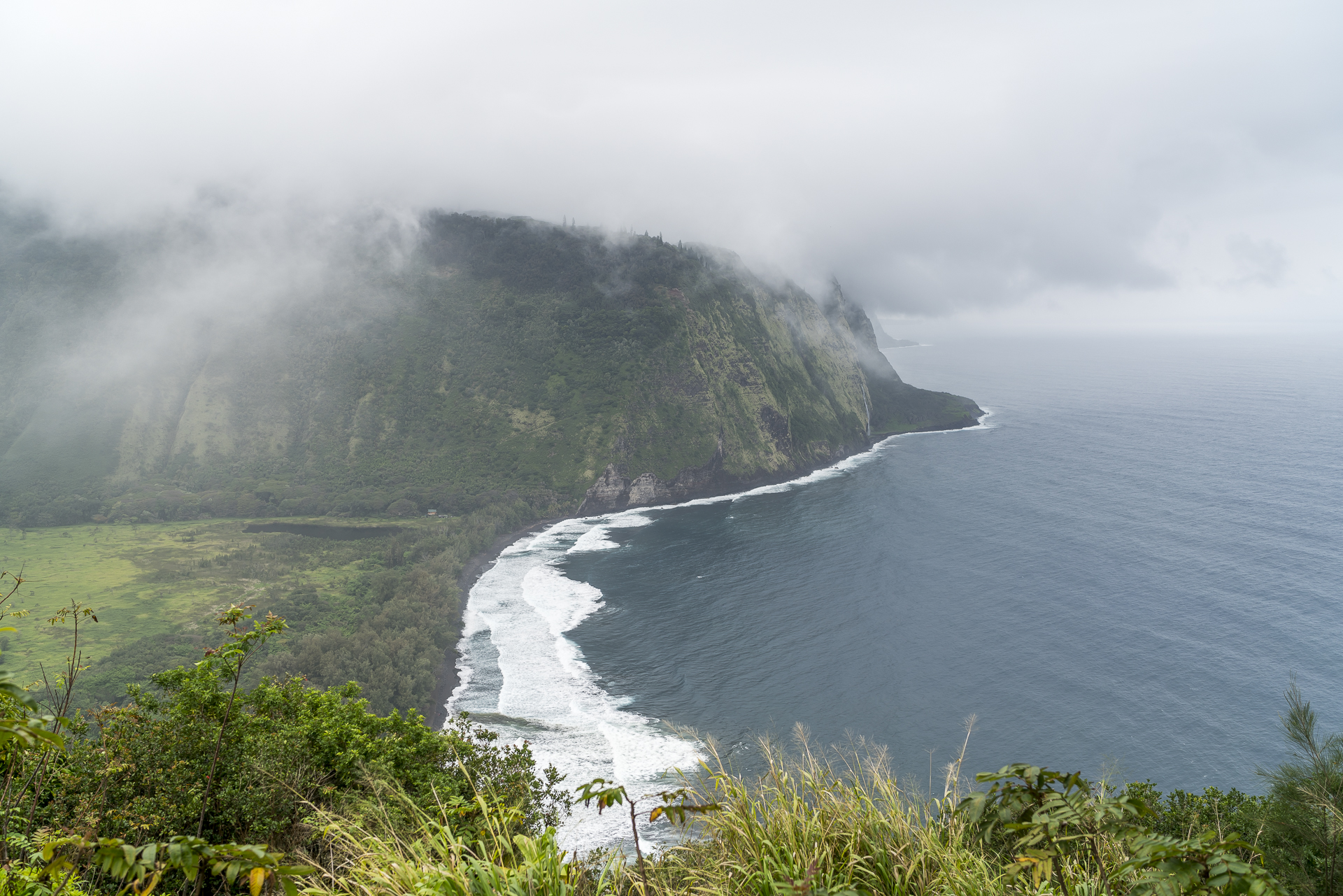
Bonus Material – Practical Travel Tips for the Big Island of Hawaii
- Due to the size of the Big Island, I recommend splitting up the accommodations and not exploring everything from one location. We booked three nights in Kona and then moved to Hilo for the next four nights.
- Both Mauna Kea and Volcanoes National Park are closer to Hilo than Kona.
- The east coast with Hilo is much wetter than the west coast with Kona. If the weather persists, it is worth taking the Saddle Road to the other side of the island.
- We stayed in bed and breakfasts on both sides of the Big Island. In Kona we stayed at the Lilikoi Inn (affiliate link). From the guest’s point of view, the only thing I can complain about here is that the owner was too chatty for me during breakfast. In Hilo we stayed at GreenWillMind’s Kaumana Caves Inn (affiliate link), which in my opinion offers great value for money. We had one room with its own toilet – the showers are shared with the other two guest rooms. Coffee, fresh bread and fruit are provided for breakfast. Lilikoi Inn serves a daily changing breakfast and serves its own coffee. The seven nights on the Big Island cost us 1,060 dollars including breakfast.
- On the Big Island, it’s worth renting a four-wheel drive vehicle if you’re considering driving up Mauna Kea. The ride itself is absolutely unproblematic. The regulations are probably purely due to the steep summit road – which is not that steep from a Swiss point of view (please note my notes on Mauna Kea). We paid Alamo for the Jeep Wrangler for 7 days 300 CHF including insurance (without roadside assistance).
- There are a few casual restaurants in both Hawi and Waimea – the problem: both places are a bit off the beaten track if you stay in Kona or Hilo. Nevertheless, be sure to plan a detour to Village Burger Waimea. The burgers are made from local island products and taste fantastic. They also have truffle fries!
- In Kona, I can recommend Kona Brewing Co (not just for beer lovers) as well as Holuakoa Gardens and Cafe.


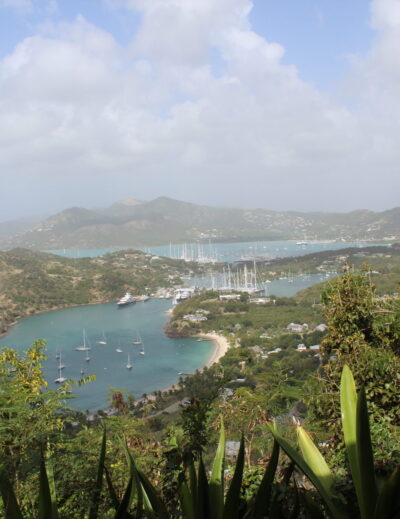
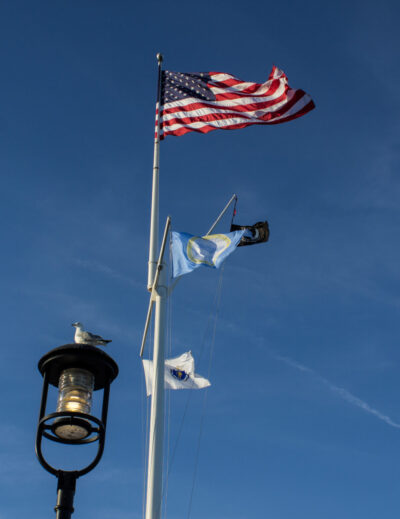
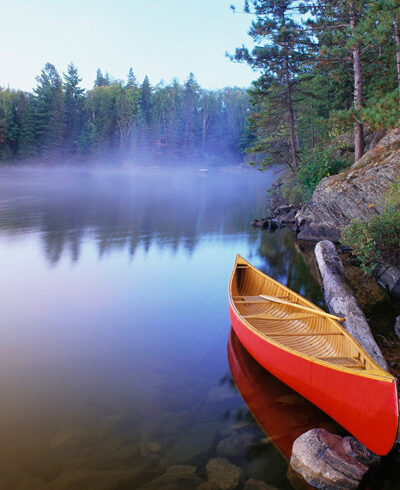
Leave a Reply